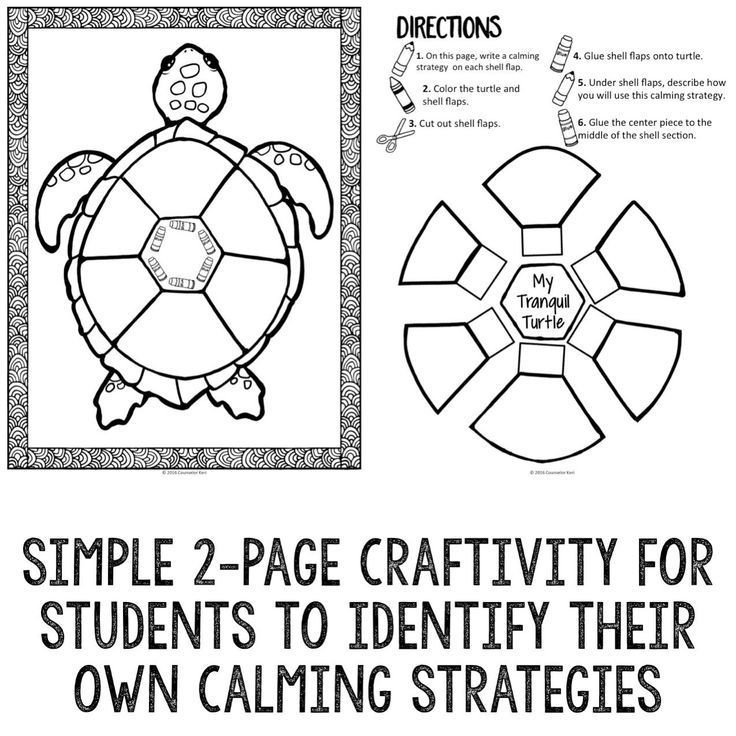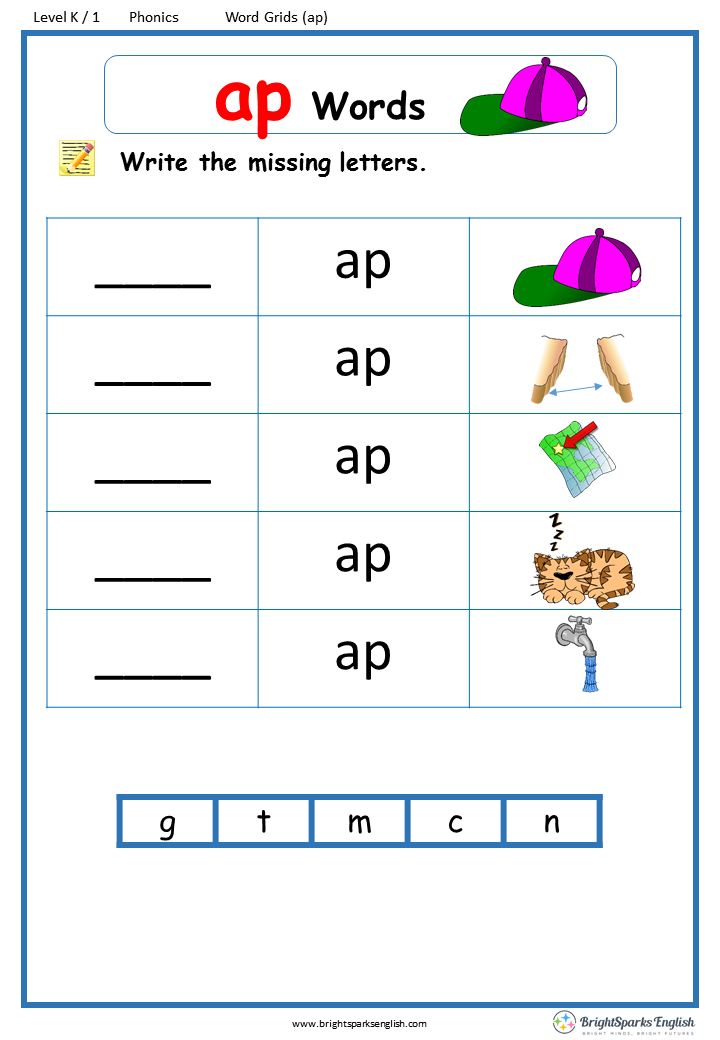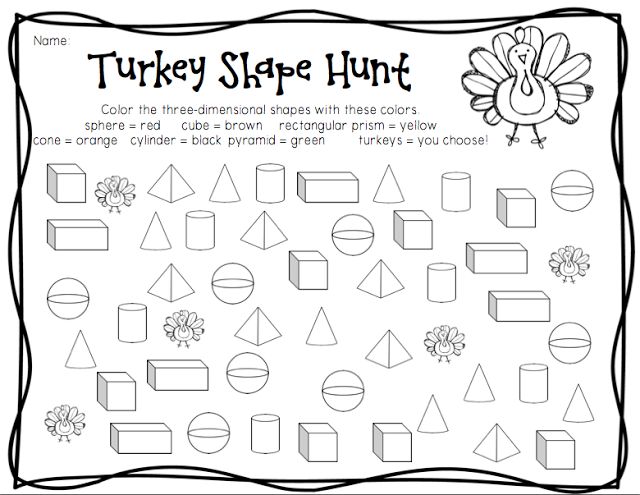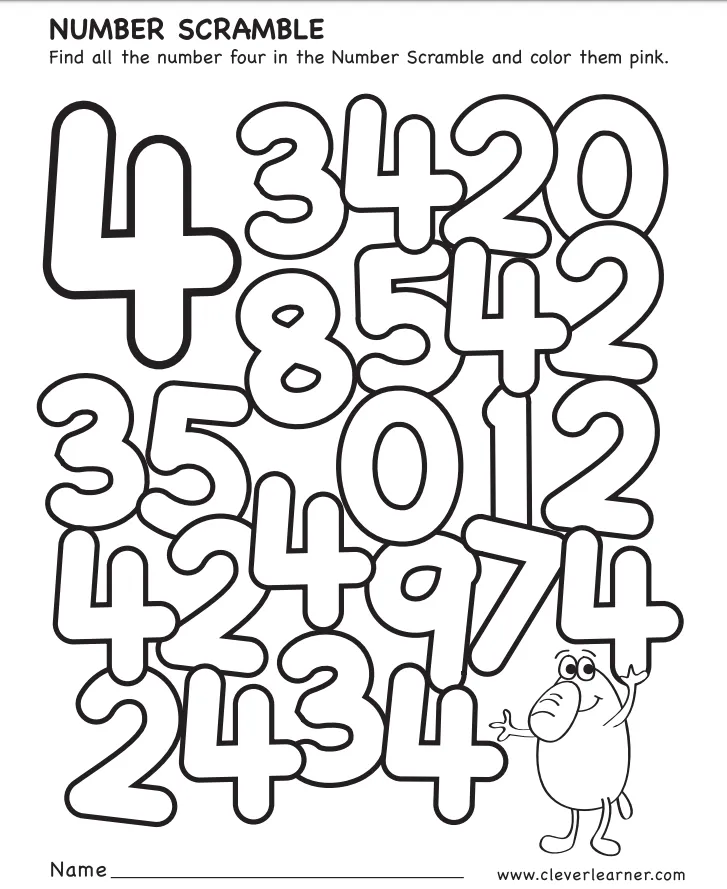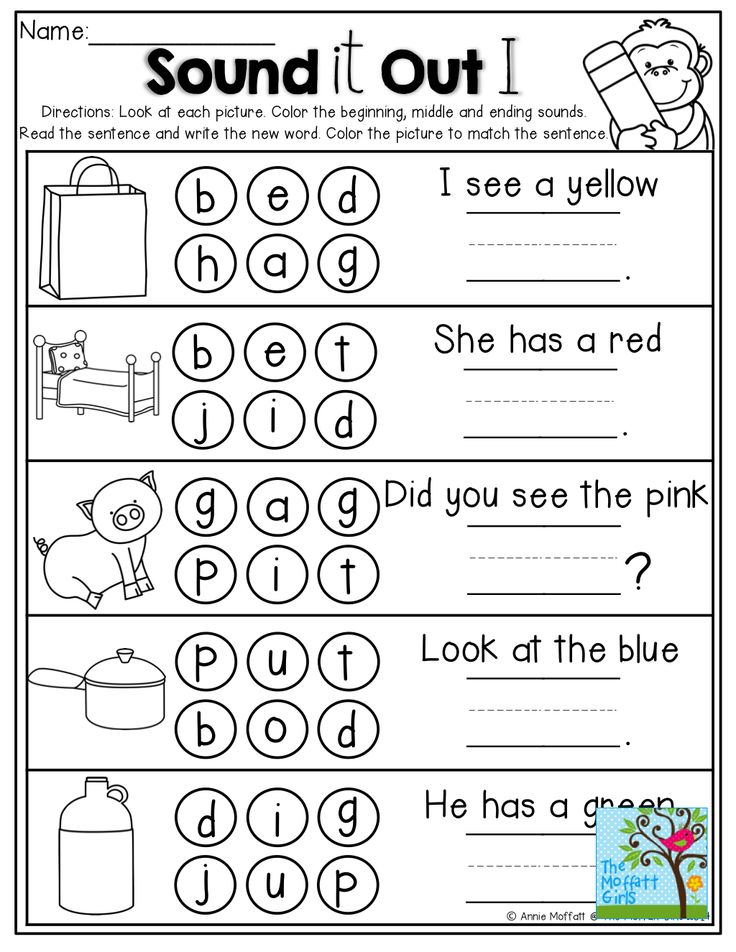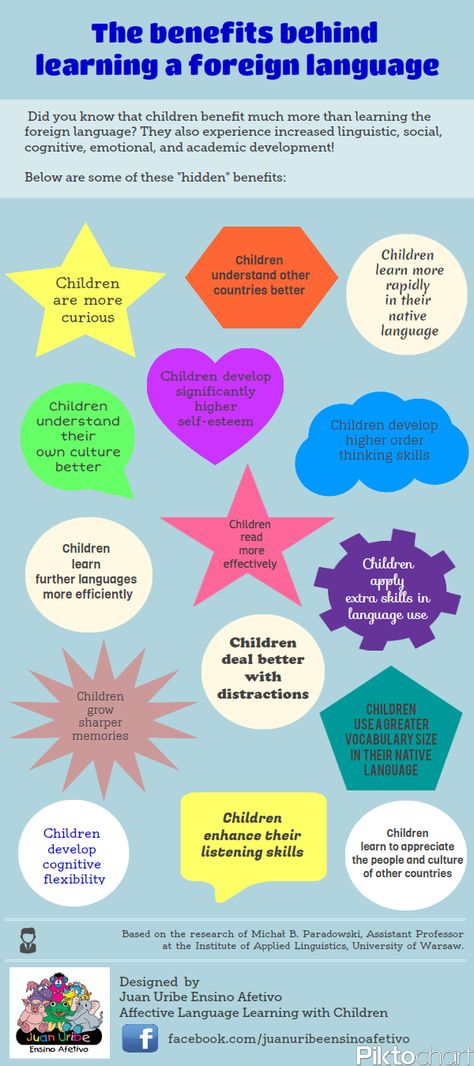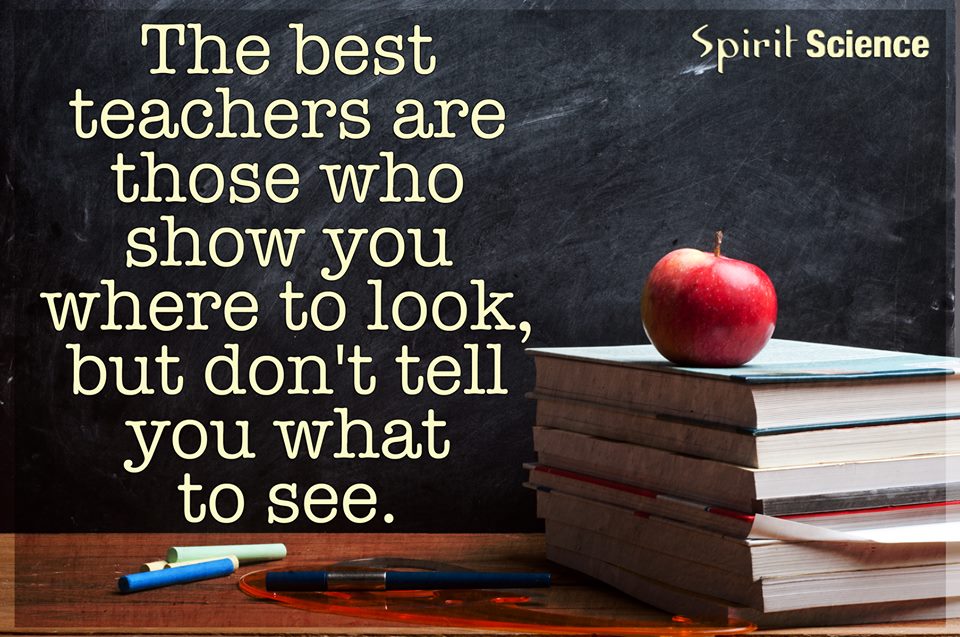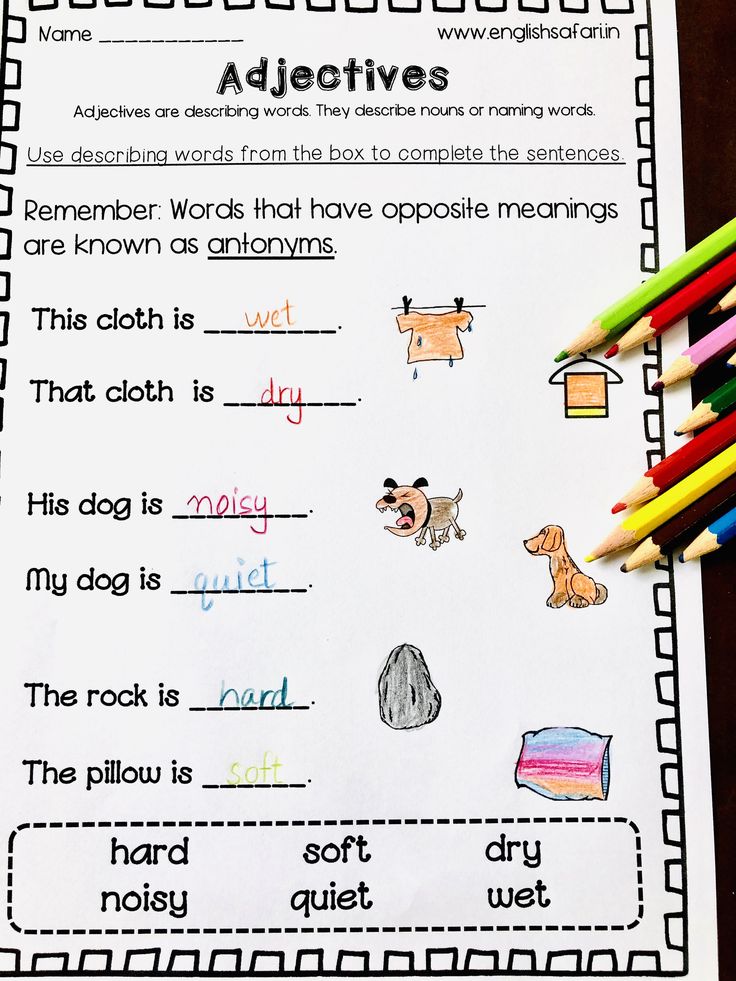Calming strategies for students
10 Calming Strategies for the Classroom
Calming Strategies for the Classroom
Read through this page to learn the following calming strategies for students in your classroom:
- Create a Calming Classroom Atmosphere
- Build in Time for Independent Work
- Practice Yoga with Your Students
- Teach Calming Breathing Exercises
- Read Guided Imagery to Them
- Start Class by Warming Up with Brain Games
- Teach Mindfulness to Assess Mood and Emotions
- Play Interesting Educational Videos
- Give Students a Space to De-Stress
- Have Them Practice Handwriting
Getting students to settle down at any point in the day is daunting, but directly after lunch or recess can feel like you’re scaling Everest.
Kids look forward to those precious minutes that they get to spend playing outside or in the cafeteria. And they should! Recess is a necessary part of the day that gives students the chance to play, and it complements the rigors of physical education as well as academic time in the classroom. Recess helps with socialization skills and can even improve cognitive performance.
The concern — which every elementary school teacher has likely come across — lies in getting your kids to focus afterward if they can’t seem to switch back into “student” mode after their time on the playground. Thankfully, there are several calming activities that can be implemented in the classroom. Here are a few of them.
10 Strategies & Activities to Calm Down Students
Whatever strategy you choose, your students will benefit more if you stay consistent with it. Predictability in their schedules is essential in giving them structure and making it easier for them to know what behaviors you expect from them.
1. Create a Relaxing Atmosphere
Let’s face it — harsh fluorescent lights, bright decor and 30 little ones crammed into a classroom is not a calm environment. So how can we fix that? For a short period after lunch or recess, dim the lights. Have students put their heads down and gently rest their cheeks on the cold desks.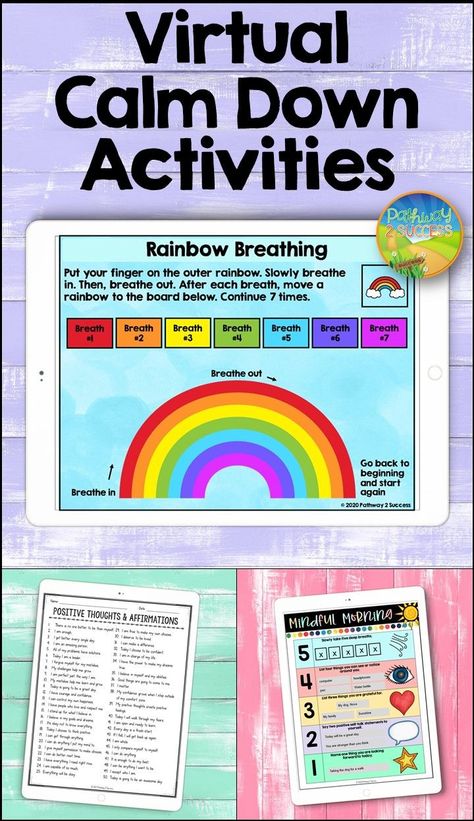
Play soothing music. Classical music, slow jazz or soft acoustics are good options. Let your kids drift off to the sound of violins or peaceful piano notes. Instead of music, you could also put on other relaxing sounds, such as ocean waves or a soothing storm. Video and music sites have vast collections of calming music and sounds. You can find playlists like “Peaceful Piano,” “Floating Through Space” and “Sounds of the RainForest.”
In a similar vein, you can also find relaxing videos to play. Maybe your kids are more visual and need something to focus on. Aquarium and nature videos are great options for this. You can also find videos of outer space scenery, waves lapping on the beach and even a crackling fire for those cold winter days.
When you’re transitioning the kids from recess to class, make sure they understand how to travel and walk quietly with you. The longer they are allowed to be rambunctious, the longer it will be before they are calm in your classroom.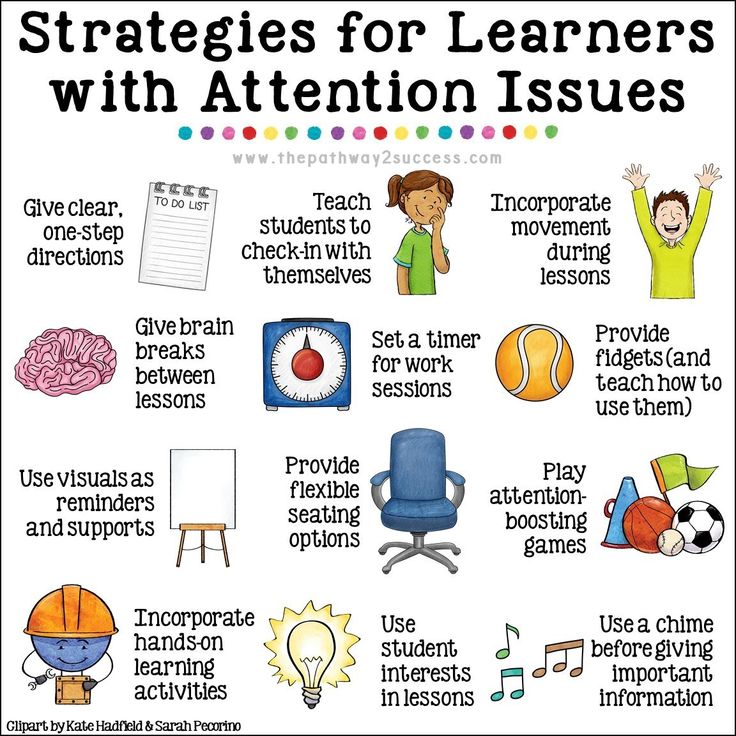 It may also help to split kids up into small groups when they reenter the classroom, especially in winter months when kids can get rowdy while taking off their cold-weather gear. This option gives them more space and fewer distractions. Another approach could be to give students short time limits to get in their seats and be quiet — “You have 30 seconds to get in your seats and put all eyes on me. Go!”
It may also help to split kids up into small groups when they reenter the classroom, especially in winter months when kids can get rowdy while taking off their cold-weather gear. This option gives them more space and fewer distractions. Another approach could be to give students short time limits to get in their seats and be quiet — “You have 30 seconds to get in your seats and put all eyes on me. Go!”
2. Have Kids Start Independent Work, Such As Reading or Writing
After lunch or recess is a great time to focus on independent work and do activities like sustained silent reading (SSR). Hopefully, the students will get absorbed in whatever they’ve chosen to read or write about and will settle down to focus. There are several types of independent work that kids can do. Here are our top five:
- SSR: Sustained silent reading has been around for a while and involves setting aside a specific amount of time each day for students to read a book of their choice.
 It encourages consistent reading and can positively influence kids’ attitudes toward reading. You can do SSR at any age level. A trip to the school library at the beginning of the year is a great way to get them started.
It encourages consistent reading and can positively influence kids’ attitudes toward reading. You can do SSR at any age level. A trip to the school library at the beginning of the year is a great way to get them started. - Writing: One way to improve writing is by doing it consistently. Having students write each day is an excellent method for increasing how much they write. It gets them in the practice of writing, so they use what they’ve learned. Plus, having them write by hand is an effective way to improve their spelling and composition skills. Compile some writing prompts appropriate for your grade level and put them up on the board each day.
- Journal: Aside from assigned writing, you can also give your students time to journal. Have your students designate a notebook for journaling and give them time to write every day about their lives.
- Doodle or color: Leaving room for artistic endeavors in the classroom is a fun way to get students focused.
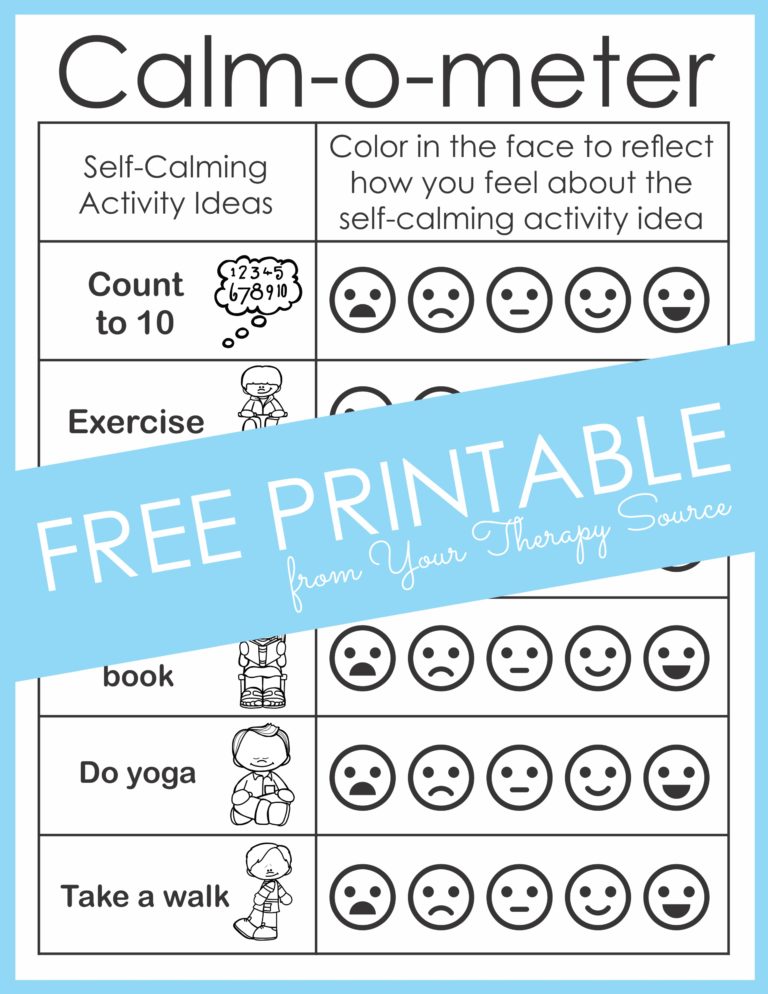 Printable coloring pages are a convenient, low-budget approach to getting exciting designs in front of your kids. Depending on your classroom setup and your budget, you might find it easy to give them a box of crayons or markers to share. You can even collect and display their masterpieces on the wall if they aren’t unmanageable in number.
Printable coloring pages are a convenient, low-budget approach to getting exciting designs in front of your kids. Depending on your classroom setup and your budget, you might find it easy to give them a box of crayons or markers to share. You can even collect and display their masterpieces on the wall if they aren’t unmanageable in number. - General work time: Another route that may work best with older kids is not to assign anything specific, and leave students time to catch up on work, read or do whatever they like that is quiet and productive or relaxing. This approach also provides an opportunity for students to ask you questions.
3. Lead Yoga or Stretching Exercises
Yoga can be an incredibly relaxing activity. It can reduce stress, increase muscle and improve posture. It stands to reason that kids can benefit from it too. Have them spread out and make some space. Dim the lights and get stretching. With many poses, you can encourage the kids to act out some of their favorite animals.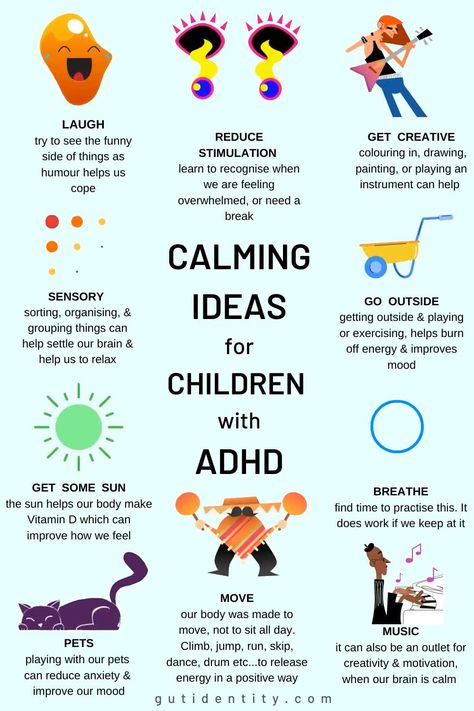 Here are a few poses you can do with children:
Here are a few poses you can do with children:
- Cat Pose: Get on all fours. Arch your back, and tuck your chin toward your chest.
- Downward-Facing Dog: Bend down and put your palms on the ground in front of you. Lift your rear end upwards, straighten your legs and relax your neck.
- Mountain Pose: Stand up straight, press your palms together in front of you, with your elbows out.
- Child’s Pose: Sit down with your knees tucked in, so you are sitting on your heels. Lean forward, so your face is close to the ground, and keep your arms parallel to the rest of your body. Touch your hands to the ground in front of you.
- Tree Pose: Stand on one leg. Put the bottom of your other foot against your inner thigh.
- Warrior II Pose: Step back with one foot. Raise your arms up at your sides, parallel to the floor. Twist your arms, so they are in line with your legs.
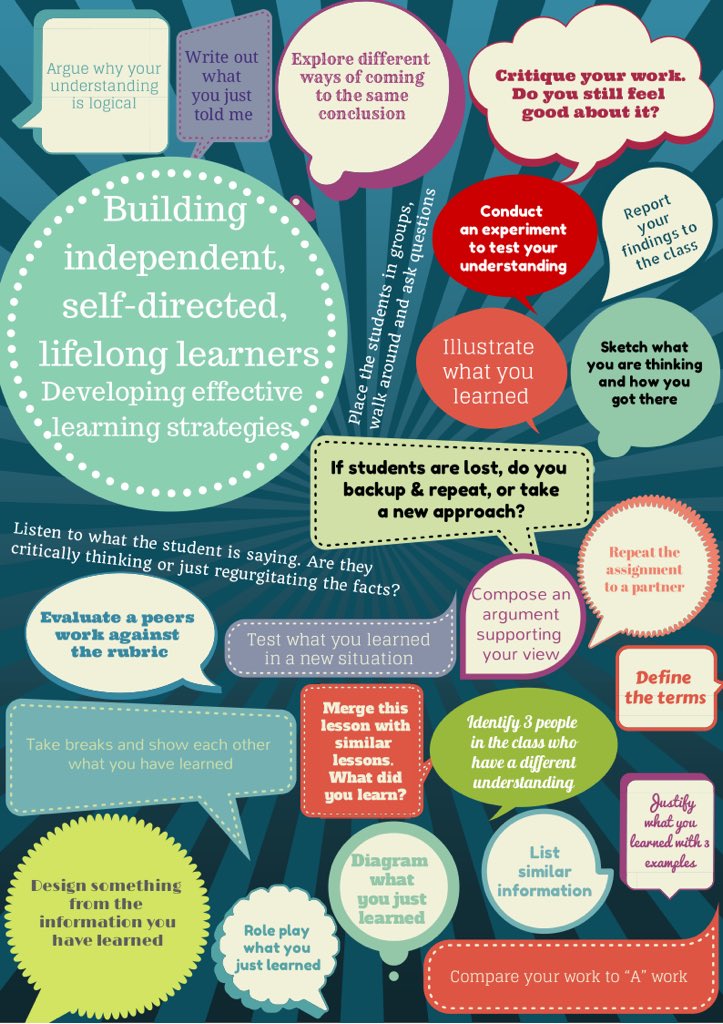
You can even get helpful posters to display the poses and remind kids of the things they are emulating when they do them, like a strong surfer, a friendly dog or a wise owl.
4. Lead Relaxing Breathing Exercises
These can be done during yoga or by themselves in a peaceful atmosphere. Controlled breathing can bring down anxiety, manage pain and discomfort, help balance unpleasant thoughts and even fight inflammation. Below are some breathing techniques that your kids may benefit from and have fun with. Similar to the yoga poses, many of these can be animal-themed. You may also want to use something like a timed breathing video to help students visualize their breaths.
- Bunny-breathing: Inhale or sniff in short bursts and exhale in one motion.
- Balloon breathing: Kids can pretend they are blowing up a balloon by exhaling slowly, then deflating the balloon by inhaling slowly too.
- Bumblebee breathing: Slowly inhale, then release the air with a light buzzing noise.
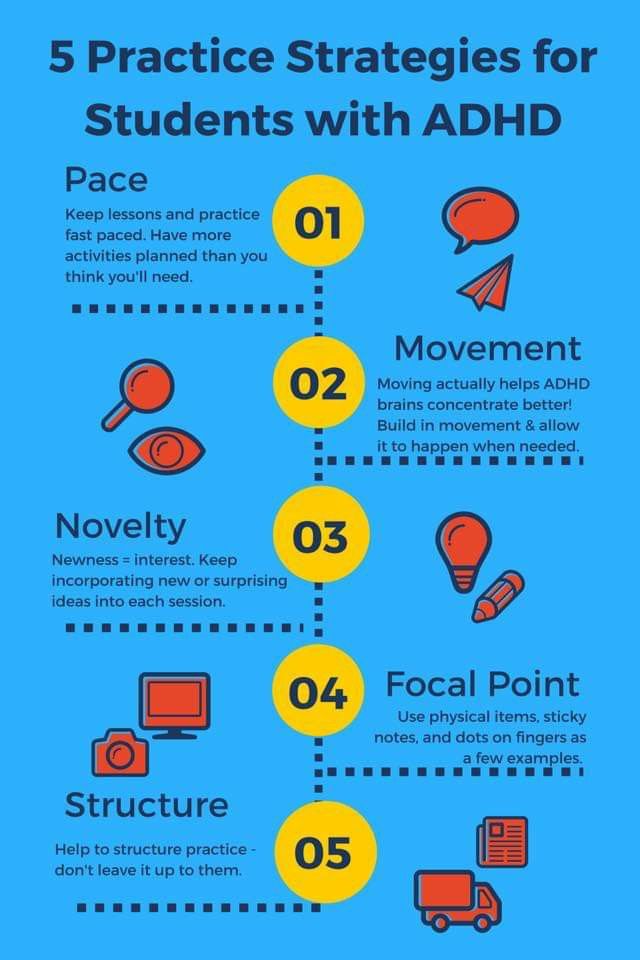
- Belly breathing: Sit up straight or lie down with one hand on your belly and the other on your chest. Breathe in and out slowly, making sure to exhale through your nose. Pay attention to the movement of your stomach.
If you do these regularly, you can even let students lead the class.
5. Listen to Guided Imagery or Read Aloud
Guided imagery can be impressively helpful. In one study, children who listened to guided imagery CDs several times a week saw a 63.1% decrease in pain levels, compared to 26.7% of kids who received only standard medical care in the control group.
One useful scenario from that study had the children picture a particular object that melted like butter in their hands. It made them warm and shiny, and they would place their hands on their stomachs to spread warmth and light. This placement would create a barrier that prevented anything from irritating their bellies. While this approach applies to pain, guided imagery can also work for relaxation.
You can find a variety of guided imagery scripts online that you can read to your students, or you could play recordings. These would work well with the calming atmosphere from our first tip.
Similar to guided imagery, after lunch or recess would be an excellent time for a read-aloud. Gather everyone onto the rug and have the kids circle around you as you read to them. Bringing the class together for a listening activity like this can help keep them quiet and focused on you.
6. Do Warm-Up Exercises and Brain Games
Find simple activities that require enough focus that your kids have to pay attention, but not so much that they will miss out on essential content if they are still a little inattentive. These warm-up activities can include:
- Math problems: Ask the students to work on a problem based on the skills they’ve been learning.
- Grammar practice: Have students make corrections to a sentence that has errors in grammar or spelling.
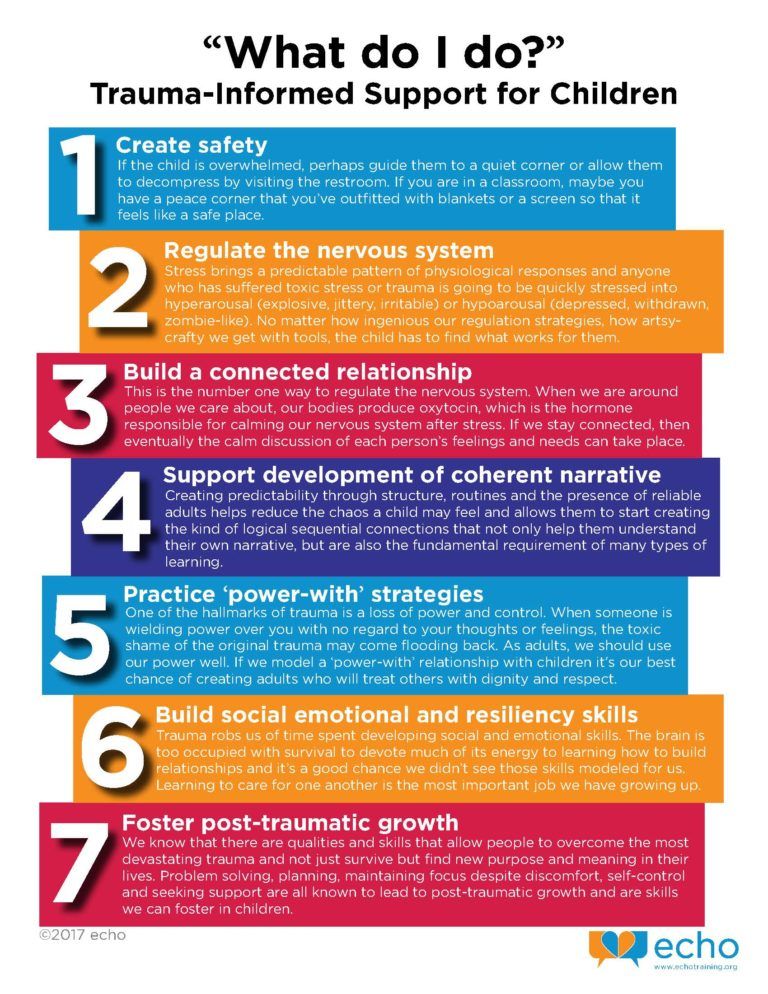 This practice is a great way to keep concepts in mind that they may not have seen for a while.
This practice is a great way to keep concepts in mind that they may not have seen for a while. - Beach Ball Toss: This one requires a little more work on your part. Use a marker to write different numbers on a beach ball. These numbers correspond to categories and questions that you have on a list. Throw the ball to a student. Whatever number their right thumb is closest to is the category they have to answer. You’ll read questions that go with the number.
- Simon Says: Simon Says isn’t as educational, but it can help kids lose any extra energy they’ve got and pay attention to you.
- Opinion Questions: Ask students introductory questions about the topic they’ll be learning about. If they’re learning about a geography feature, you could ask them if they’ve ever seen it and where. If they’re learning about an animal, you can ask them what their favorite kind of animal is and why.
7. Teach Self-Calming Strategies and Mindfulness for Students
Teaching students self-calming strategies empowers them to recognize and manage their emotions.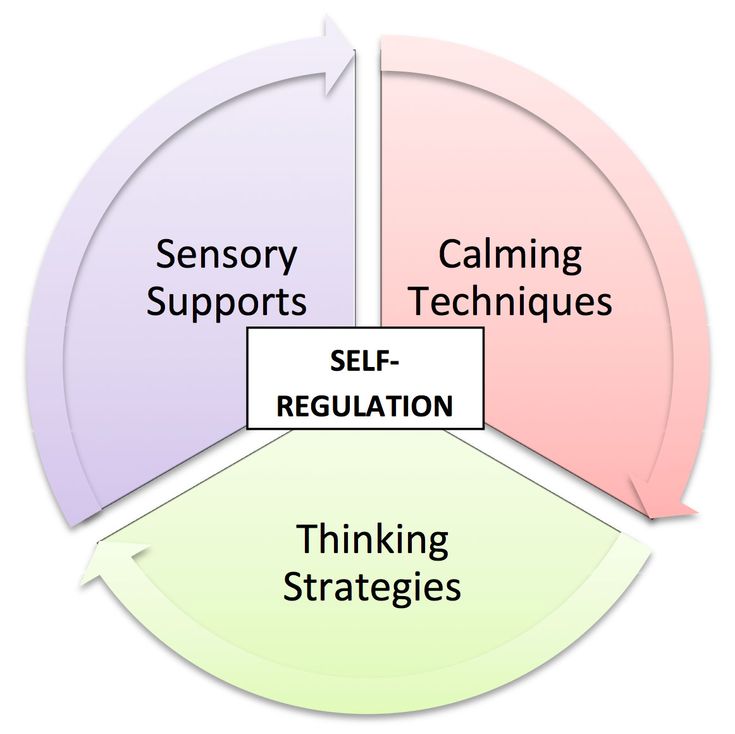 One of the most powerful self-calming practices is mindfulness. Being mindful is a psychological practice that focuses your thoughts on the present. It encourages you to pay attention to your environment, feelings, emotions and senses. In kids, mindfulness can help them become more self-aware and start to assess how their emotions affect their behavior. Mindfulness is not about “clearing” your mind like some might associate with relaxation techniques. It is more about focusing your mind on your present environment.
One of the most powerful self-calming practices is mindfulness. Being mindful is a psychological practice that focuses your thoughts on the present. It encourages you to pay attention to your environment, feelings, emotions and senses. In kids, mindfulness can help them become more self-aware and start to assess how their emotions affect their behavior. Mindfulness is not about “clearing” your mind like some might associate with relaxation techniques. It is more about focusing your mind on your present environment.
Some mindfulness practices include what you would expect, such as yoga-like deep breathing which helps with self-soothing. Other activities tend to focus on the senses. Note that these activities are done with eyes closed, except for the sight activity.
- Body Scan: This scan is a great way to get your kids to relax their muscles, especially if they’ve been running around and are still full of energy from recess. Doing this works similarly to guided imagery, in that they listen to you or a recording that instructs them on relaxing the different parts of their bodies.
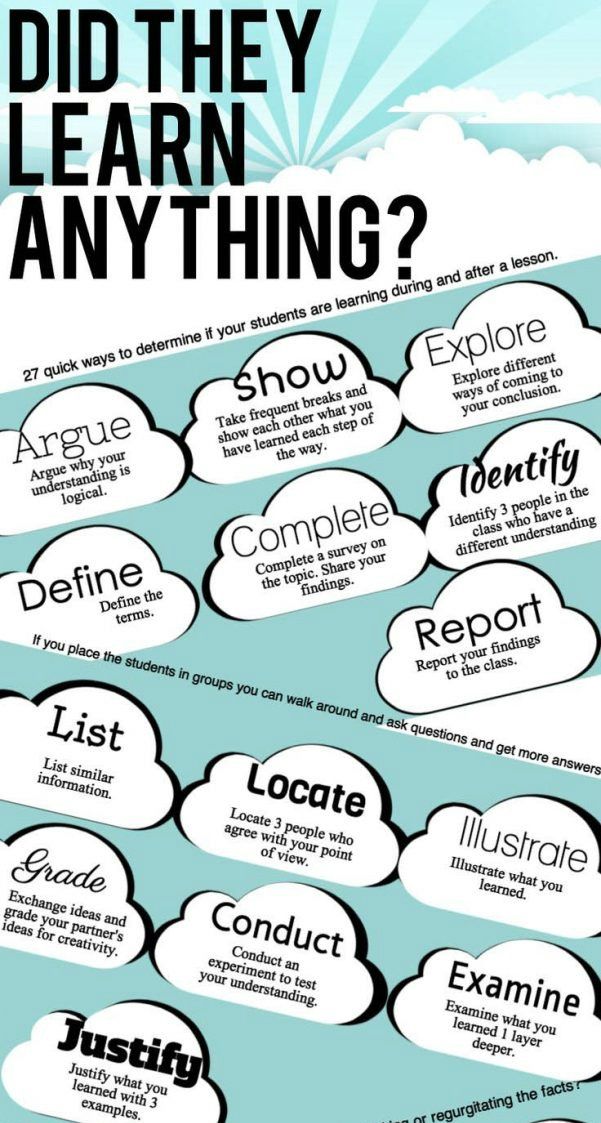 As they release tension from their muscles, they slowly relax their whole bodies.
As they release tension from their muscles, they slowly relax their whole bodies. - Taste Test: Give your students a small piece of food, such as a raisin, and set a timer. You may want to start at 30 seconds and build your way up to longer times. Have the kids put the piece of food in their mouth and not eat it. They can roll the candy around, feel it on their tongues. This activity encourages them to focus on the sensory details of the experience and not about whatever else is running through their brains.
- Sound: Again, have the kids close their eyes. This time, ask them to focus on a sound they can hear. It might be cars whizzing by on the highway, the rickety ceiling fan above them or a teacher’s heels clicking down the hall.
- Feel: Have kids find something to feel. This item can be their desk, a pencil bag, their coat or whatever is in reach. Set your timer and have them touch the object. They can run their fingers across it, pinch it, rub the back of their fingernails on it, whatever they like to help them focus on it and think about the way it feels.

- Sight: Have your kids pick an object in the room and focus on it. They can take it all in and pay attention to the colors, the brightness, any reflections or small pieces.
- Gratitude: Being thankful for your present situation is another component of mindfulness. Ask your students to list off three things they are grateful for that day. Doing this will help them focus on the good, less-stressful aspects of life and build a foundation for positive thinking.
8. Play Educational Videos
If you’re using videos in your lesson plan, now would be a great time to show them. It’s a great way to kick off students’ learning and draw them in. You can also just show them cool videos that are good for their development in general — a spotlight of a unique artist, general life skills or something else. There are a variety of calming videos online that blend elements of guided imagery and relaxation videos. Older kids might enjoy TED Ed’s collection of animated student talks.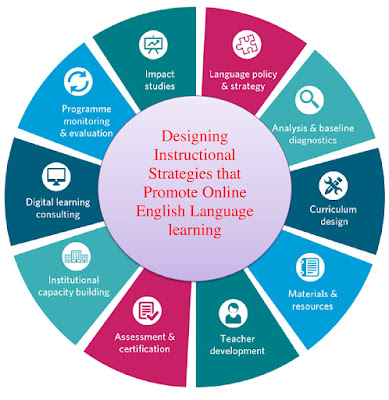
9. Make a Designated Space to Destress
This method is more for those few students who can’t seem to calm down with the rest of the class. These designated areas are sometimes called calming corners or quiet places, among many other names. They provide a space for children to address their emotions and cool down. These work well for kids with behavioral problems and any student having problems with focus or energy. In addition to short-term results, a quiet area can teach calming techniques for students to use outside of class.
A calming corner is typically separated from the rest of the classroom with a divider, like curtains or other low partitions. Remember, you’ll still need to be able to see the student. You can furnish the corner with cozy, peaceful items, like a soft rug, a beanbag or butterfly chair and pillows.
This space can also include mindfulness activities. Relaxing music or sounds with headphones can be a nice distraction for students, as can magazines and books.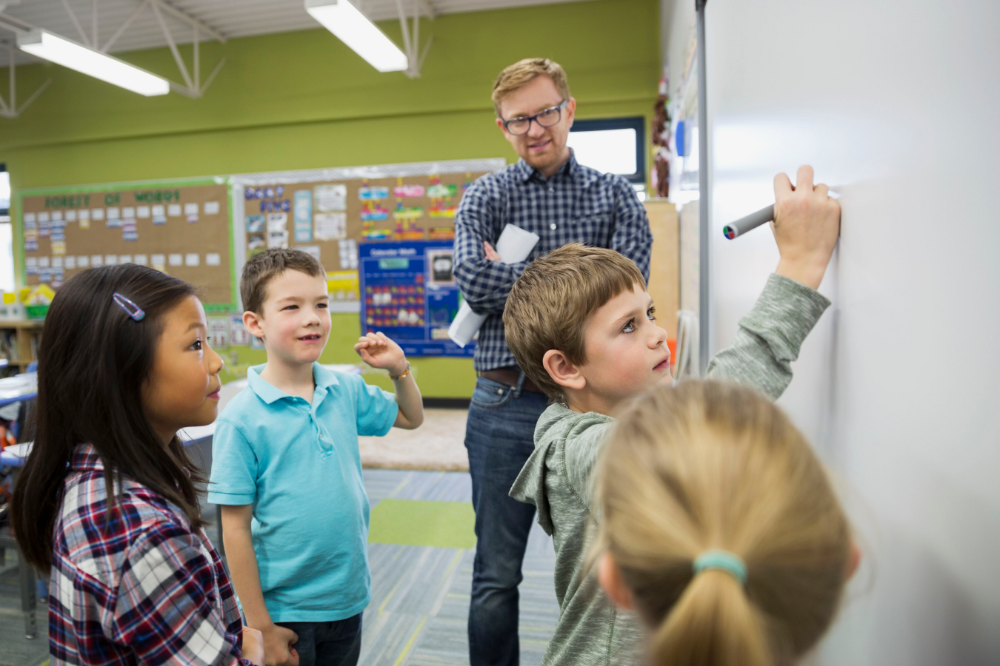 You may also want to put up posters to help students understand their thought processes and mindfulness exercises. You’ll want a timer as well, so the students understand the purpose and limitations of the quiet place. It is a place to collect themselves, calm down and rejoin the rest of the group, not hang out all day. It requires a clear discussion with the students, so they understand why and how they’re using it.
You may also want to put up posters to help students understand their thought processes and mindfulness exercises. You’ll want a timer as well, so the students understand the purpose and limitations of the quiet place. It is a place to collect themselves, calm down and rejoin the rest of the group, not hang out all day. It requires a clear discussion with the students, so they understand why and how they’re using it.
Sensory toys are another item you can put in here. While primarily used for children with attention disorders and special needs, some sensory toys are designed for relaxation as well. A glitter jar, for instance, can be used to redirect a students’ focus. Other sensory toys include stress balls, putty and tangles.
10. Encourage Students to Practice Their Handwriting
Even if your school has done away with cursive, having students sit down and write by hand for a few minutes every day can have impressive benefits.
The act of writing by hand has been shown to do several things for the learning process.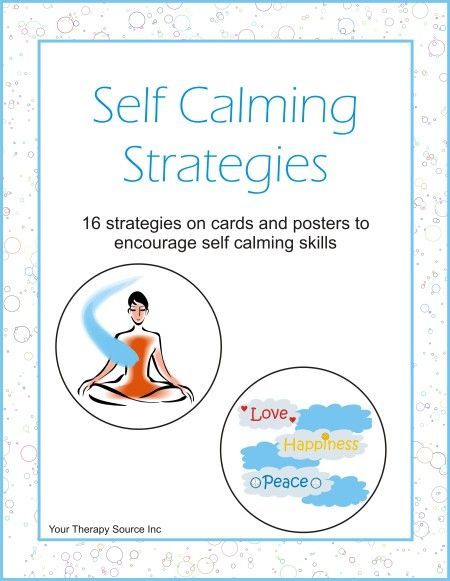 It improves working memory — a fantastic plus for the pre-lesson environment. Taking notes by hand uses more processing power and can be especially helpful for retention. Practicing the skills needed for effective writing and note-taking can be beneficial for students’ learning while focusing them on one task.
It improves working memory — a fantastic plus for the pre-lesson environment. Taking notes by hand uses more processing power and can be especially helpful for retention. Practicing the skills needed for effective writing and note-taking can be beneficial for students’ learning while focusing them on one task.
Aside from writing by hand, the act of writing, in general, can be beneficial. Asking your students to write expressively about their lives can lead to several mental and physical health benefits. Multiple studies have shown positive results associated with writing, such as less frequent doctor’s visits, lower blood pressure and increased liver functioning. Expressive writing can also improve mood and reduce depressive symptoms. It often works by allowing the writer an outlet to discuss problems in their lives that they might otherwise not feel comfortable discussing. Kids who have trouble expressing their emotions may find significant benefit here.
Keep Your Classroom Calm
While you’re working with a room full of high-energy kids, remember that you’ll need to stay calm too.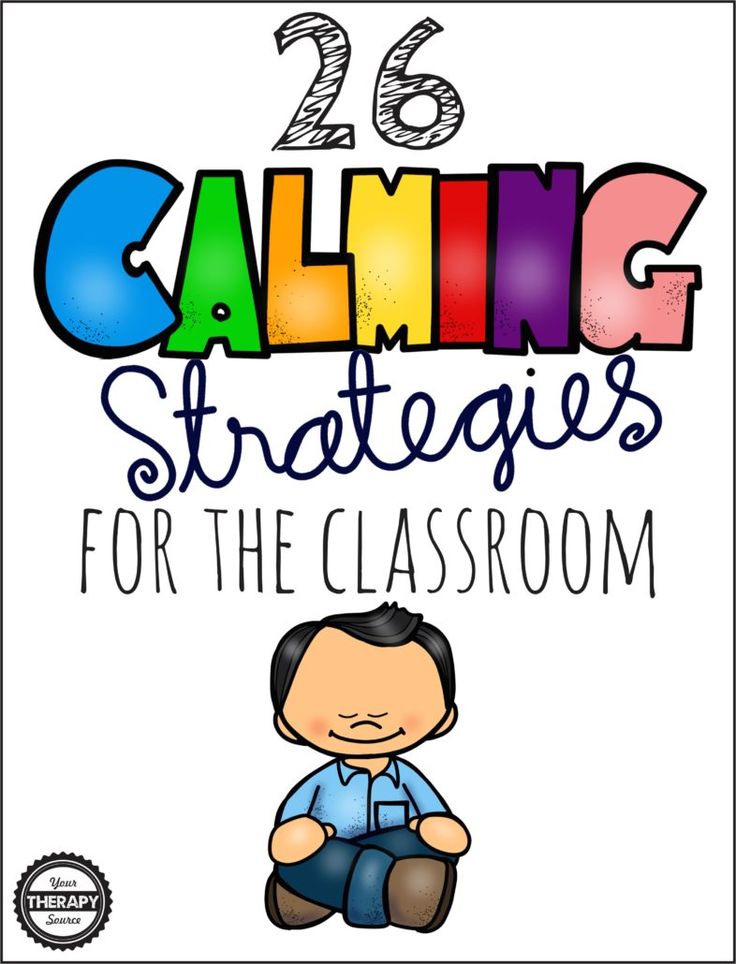 Most of these calming techniques for students will work just as well for adults. When they do deep breathing, do it with them. When they take time to color, join them. This can bring you closer to your students and decrease your stress levels as well.
Most of these calming techniques for students will work just as well for adults. When they do deep breathing, do it with them. When they take time to color, join them. This can bring you closer to your students and decrease your stress levels as well.
If you still can’t get your students to calm down, they might need a better way to get rid of all their energy during recess. A playground that’s designed to thrill can tire them out and keep them from fidgeting all day in your classroom. To learn more about a playground that can bring more benefits to your kids’ recess, reach out to a Miracle® Recreation representative today.
4 Effective Calm Down Strategies for the Classroom
In This Post: Learn 4 effective strategies to teach your students how to calm down and self-regulate in the classroom.
If you teach elementary students, you know they can have BIG emotions. However, they may not know how to self regulate those big emotions or have the calm down strategies needed.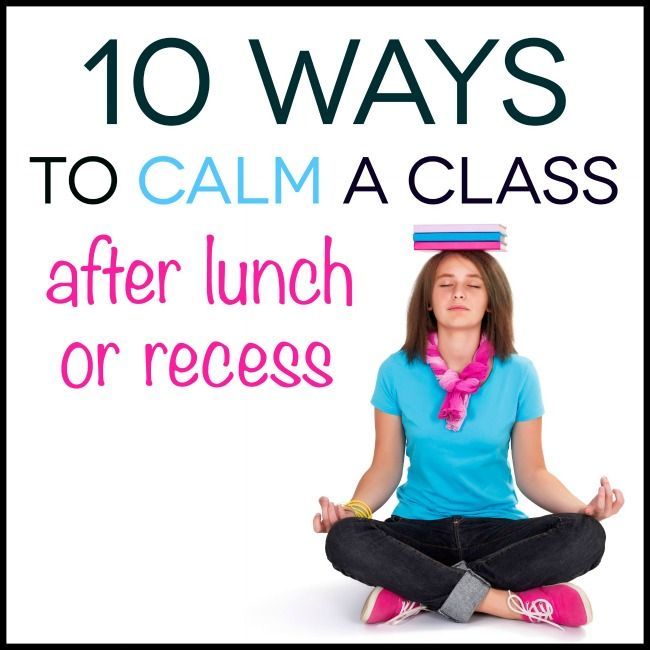
We want our classrooms to be calm and we want our students to learn. Those big emotions can get in the way of not only their learning, but other students’ learning if students do not learn to manage their emotions effectively.
That’s why social emotional learning is such a crucial part of our elementary curriculum. We need to teach students the self-regulation and calm down strategies they need to deal with the big emotions.
4 Effective Classroom Strategies to Teach Self-Regulation
It is important that our students understand when they need to calm down, how to calm down, and how to transition back to learning. I spend a lot of time upfront at the beginning of the year teaching these calm down strategies.
However, these are strategies you can weave into your curriculum throughout the year to help your students learn to self-regulate. Adding these calm down strategies into your curriculum will help create a calm classroom that promotes learning.
Teach Students to Identify Their Feelings
Our students have lots of big emotions, but they probably don’t have the words or self-awareness to recognize them yet.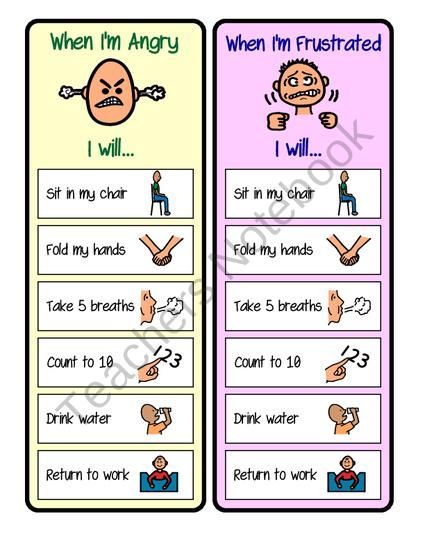
How many times have you had a student who is clearly frustrated either shut down completely or show negative behaviors meant to distract and put them in control?
How about students with constant “stomach aches” from anxiety?
Or your usually bubbly, happy student doesn’t want to talk or participate in anything and they can’t tell you why?
Before our students can learn to self-regulate, they need to be able to say “I am feeling…”. So how do they learn to do this?
We explicitly teach it! At the beginning of the year, we spend time talking about each emotion. We talk about how their face looks and how their body feels during that emotion. This also helps build empathy and helps students recognize that emotion in others.
For each emotion, we read books about it, we talk about what might make them feel that way, and then we talk about what helps them feel better – either at home or at school.
You can grab these feelings and emotions posters for FREE down below. They are full poster size, but I printed them four to a page to keep on a ring.
They are full poster size, but I printed them four to a page to keep on a ring.
Morning Meeting is a great time to have this discussion. We make it our daily share time prompt.
Teach Your Students Deep Breathing Exercises
Deep breathing exercises are a great way to practice mindfulness in the classroom. Once our students identify how they are feeling, the next calm down step is to reset the brain.
When students are feeling big emotions, their brains are quite literally in fight or flight mode. They can’t calm down or even process information until that brain calms down.
Deep breaths can help reset the brain and signal to it that, hey, we aren’t in danger! I teach my students that their brain controls them. Sometimes our brain freaks out a little bit! It thinks we’re in danger and it might tell us to run or get mad or break things.
But we can tame our brain. Deep breathing exercises gives our brain oxygen and helps it realize that it isn’t in danger.
We choose one deep breathing exercise to do during our Morning Meeting each day. I teach my students to take 3 deep breaths, but if they need more than that, that’s okay!
Teach Your Students How to Use a Calm Down Kit or Corner
Once we have introduced our emotions and learned some deep breathing exercises, I teach my students how to use our calm down corner. It is so important that you explicitly teach how to use a calm down kit or corner rather than just opening it up to students!
If you want your students to be able to self-regulate in the calm down area, you will need to teach explicit calm down steps.
In our calm down corner, my students begin by choosing their emotion. A poster of different emotions is their to help them. You could also put a mirror in your calm down area so students can see their own face.
After they identify their feelings, students choose a deep breathing exercise and take 3 deep breaths. This mindfulness activity will make the actual calming activity more effective.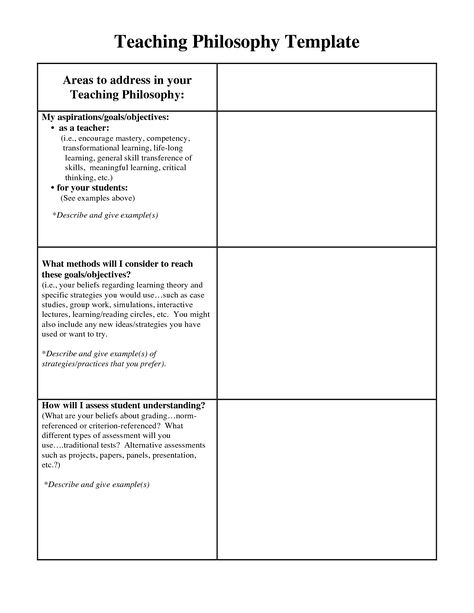
Next, students choose one way to calm down. You will want to teach students what these calm down options are and how to use them effectively.
Some calm down strategies you might provide:
- Squeezing dough or Theraputty
- Tearing paper
- Throwing something soft like cotton balls
- Coloring
- Reading a book
- Getting a drink
- Counting
- Using a sand timer or bubble timer
- Using fidgets
Teach Students How to Problem Solve
The 4th and last step in our calm down corner is to choose how to solve your problem. This is an important strategy to teach in and of itself!
Your students might calm down, but it won’t help if they immediately go back and try to face their problem the same way. Teaching our students different ways they can solve their problems gives them a feeling of control and helps them make a positive choice.
Different problem solving strategies you might teach include:
- Talking to the other person and telling them how you feel
- Talking to an adult
- Making a different choice
- Moving away
- Taking turns of sharing
Sometimes our students go to the calm down corner because they are feeling sad.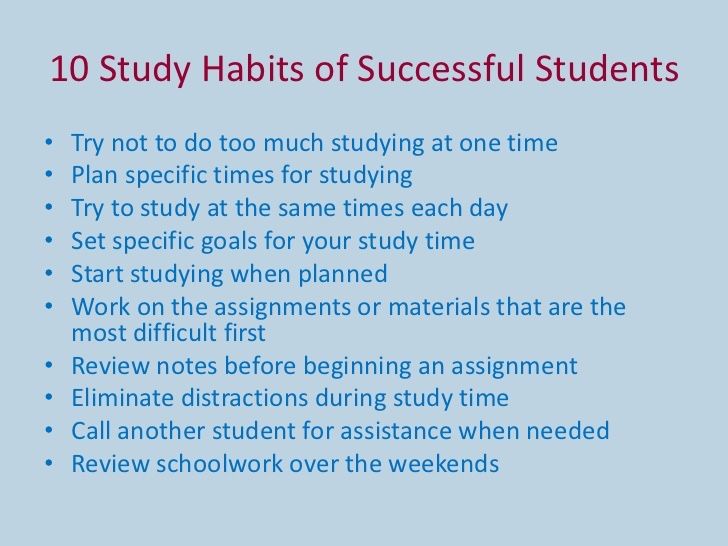 They might be calm after, but the feeling of sadness or worry can linger.
They might be calm after, but the feeling of sadness or worry can linger.
An effective strategy I have used is to give those students a stuffed animal to “hold” their worry. They get to keep that stuffed animal next to them as they go back to their work and it will help hold onto that worry or sadness for them. In reality, it’s just a comfort.
Are you wanting to teach effective calm down strategies in your classroom? My Calm Down Kit included everything your need to teach your students how to self-regulate their emotions. It includes materials to create a calm down corner or to give students their own personal calm down supplies. This calm down kit is a must for social emotional learning in the classroom!
Grab your calm down kit HERE!
Do you love free stuff?
CVC Decodable Readers
Sign up for my FREE email newsletter and receive five short vowel decodable readers!
I need these!
You May Also Enjoy These Posts
Reader Interactions
Hot in the Shop
More Products
All We're Missing is You!
Join us over on Facebook for even more great resources, ideas, and teaching tips for kindergarten and early elementary teachers!
Join Us on Facebook
Welcome Friends!
My name is Natalie and I am the face behind Natalie Lynn Kindergarten.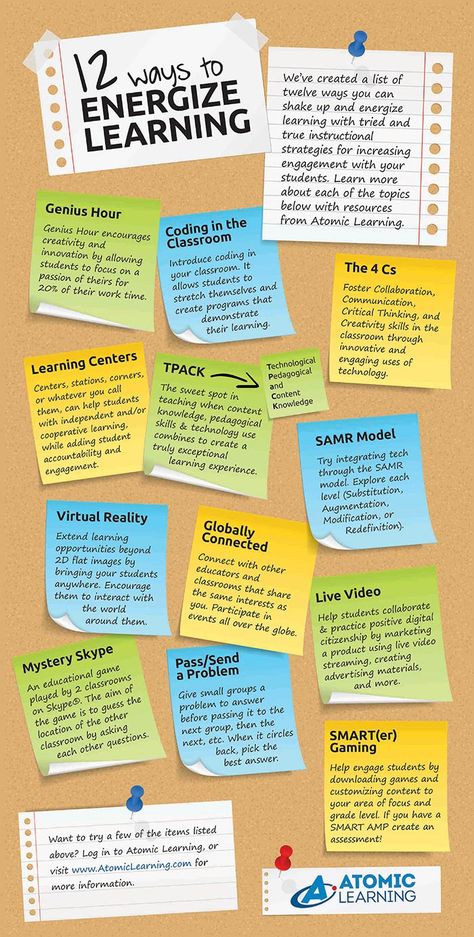 My passion is creating hands-on and engaging resources for the classroom and helping teachers to make learning FUN again! I love showing teachers how they can give students ownership over their learning and create meaningful learning experiences.
My passion is creating hands-on and engaging resources for the classroom and helping teachers to make learning FUN again! I love showing teachers how they can give students ownership over their learning and create meaningful learning experiences.
More About Me
Manage consent
Students' Coping Strategies in an Exam Situation
REFERENCES:
1. Yakimanskaya I.S. Technology of personality-oriented education // I.S. Yakimanskaya / editor-in-chief M.A. Ushakova. - M.: September, 2000. -175 p.
2. Maslow A.H. Toward a psychology of Being. 2nd ed. N.Y.: Van Nostrand, 1968. XVI +240 p.
3. Bondarevskaya E.V., Kulnevich S.V. Pedagogy: personality in humanistic theories and education systems: textbook. - M. - Rostov n / a, 1999. - 560 p.
4. Barron F. Personality as a function of designing a person by a person himself // Questions of Psychology. - 1990. - No. 2. - P. 153-159.
5. Maslow A. Self-actualization // Personality Psychology / ed.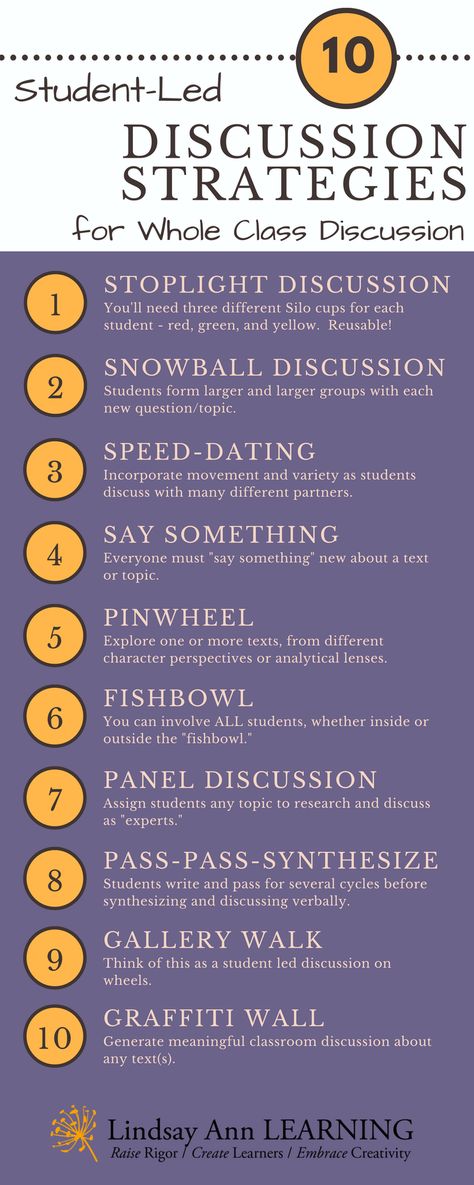 Yu.B. Gippenreiter, A.A. Puzyreya. - M.: ed. Moscow State University, 1982. - 282 p.
Yu.B. Gippenreiter, A.A. Puzyreya. - M.: ed. Moscow State University, 1982. - 282 p.
6. Maslow A. Theory of self-actualization / A. Maslow // Psychology of personality. Reader. - Samara, 2006. - V.1 - S.383-386.
7. Shostrom E.L. Time as an integrating factor// Buhler Ch. Massarik F. (eds.) The course of human life/ N.Y., Springer, 1968.
8. Kudinov, S.I. Polysystem approach to the study of personality self-realization // S.I. Kudinov. Siberian Pedagogical Journal. - Novosibirsk: Ed. NGPU, 2007, 337346 p.
9. Bazhin E.F., Golynkina E.A., Etkind A.M. - Method for studying the level of subjective control // Psychological journal. - 1984 - No. 3. -p.152-162.
10. Leontiev D.A. Life Meaning Orientation Test (SJO). - M.: Meaning, 2000. - 18 p.
UDC: 159.9.072
M.V. Olennikova
Peter the Great St. Petersburg Polytechnic University
STUDENTS' COPING STRATEGIES IN THE EXAM SITUATION
The article considers the problem of studying students' coping strategies in the exam situation.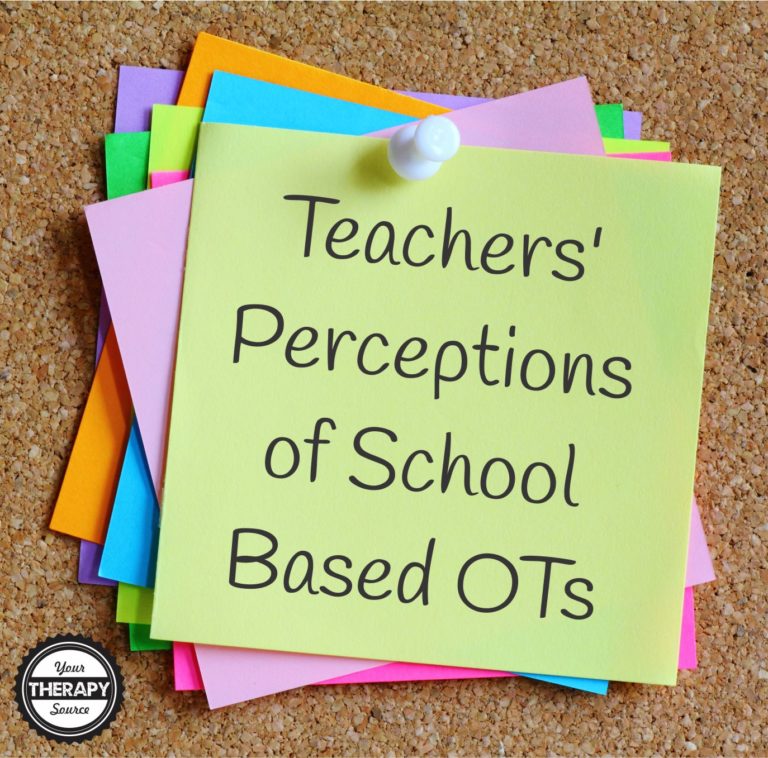 The results of an experimental study of gender and professional differences in the use of coping strategies in the exam are presented. For the first time, the differences in the coping strategies of technical and humanitarian students in connection with the peculiarities of personal self-actualization were studied. Methods of psychological testing were applied. Correlations between indicators of coping strategies and personal self-actualization of students are revealed.
The results of an experimental study of gender and professional differences in the use of coping strategies in the exam are presented. For the first time, the differences in the coping strategies of technical and humanitarian students in connection with the peculiarities of personal self-actualization were studied. Methods of psychological testing were applied. Correlations between indicators of coping strategies and personal self-actualization of students are revealed.
Keywords: student, exam, coping strategies, coping strategies, stress, professional orientation.
The level of university preparation of students for professional activities often depends on the characteristics of their emotional sphere, on the ability to achieve success and demonstrate good results during the examination session. The exam as a stress factor occupies one of the first places among the various reasons that cause mental stress in students. The consequences of exam stress go beyond the situation of passing the exam and can have a negative impact on the student's experience in the post-examination period [1].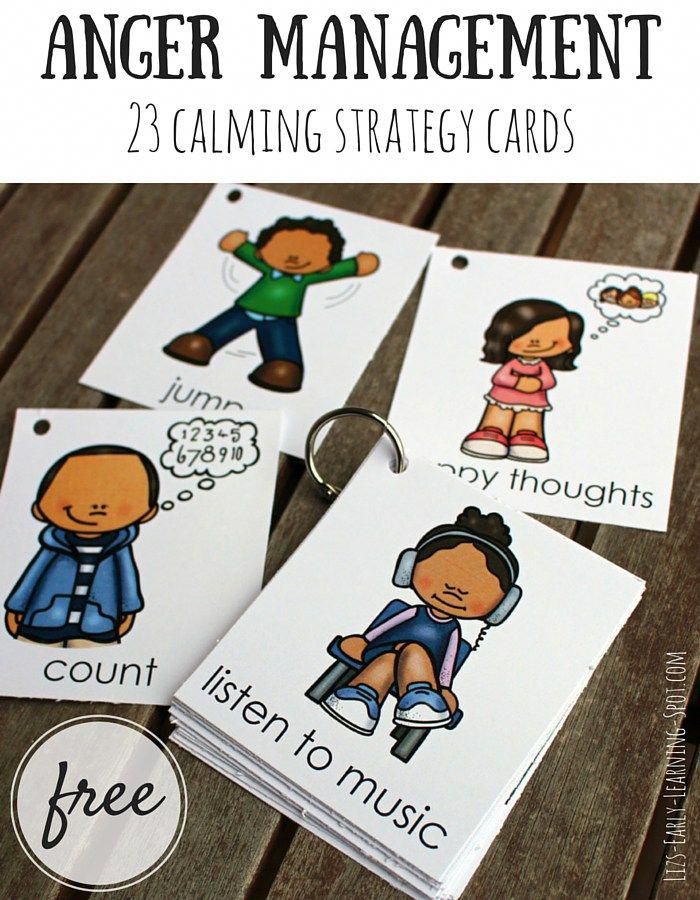
It should be noted that academic success is determined not only by the level of knowledge, but also by the degree of mental stress during the session. Since the exam period is very stressful for most students, coping with stress becomes an important problem. An increased level of stress during the examination period has a strong impact on mental and somatic health, performance, indicators of cognitive, emotional and physiological processes. Despite the importance of studying the problem, it should be noted that there are actually no generalizing works on this topic [2].
Recently, the study of "coping strategies" as an important conscious mechanism for regulating human behavior and activities has become increasingly important. The designation of ways to counteract stress among Western researchers is reflected in the concept of "coping", in the meaning of "successfully cope, overcome". R. Lazarus and S. Folkman [3] refer to a set of methods (cognitive and behavioral) undertaken by an individual to reduce the impact of stress. introduced the concept of "coping". Coping allows you to reduce the stressful impact of the situation and, thus, preserve the mental and physical health of a person.
In domestic psychology, the concept of “coping” is included in the structure of stress and is translated as “psychological overcoming” or “coping”, which includes a set of methods and techniques for overcoming maladjustment and stressful conditions. The study of the problems of coping behavior in our country began relatively recently. Researchers (T.L. Kryukova, A.N. Demin, A. Prikhodko, M.V. Saporovskaya, S.A. Khazova, R.M. Granovskaya, I.M. Nikolskaya, V.A. Bodrov and others) describe various strategies of coping behavior used by people in difficult life situations. At the same time, all authors agree that the main function of coping is to effectively adapt a person to the requirements of the situation.
Currently there is no generally accepted classification of types of coping behavior. However, most researchers rely on the concept of two coping strategies proposed by R.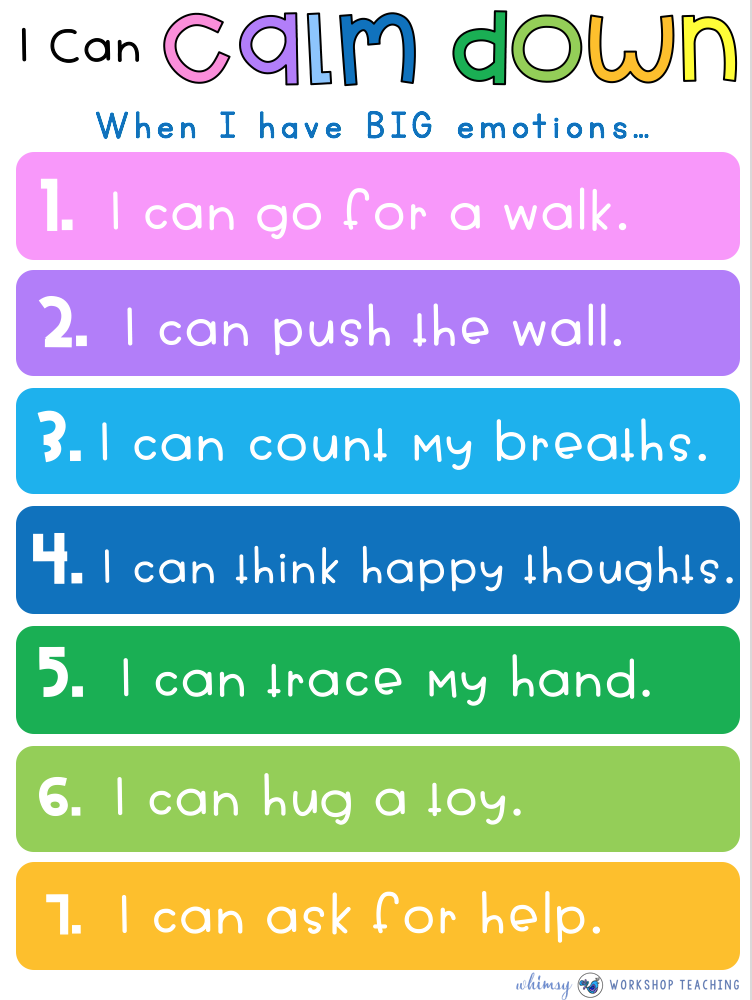 Lazarus and S. Folkman: problem-oriented coping and emotion-focused coping. The first type of coping is associated with a rational analysis of the problem and is manifested in an independent analysis of what happened, in turning to other people for help (mobilization of behavioral resources). Emotion-focused coping manifests itself in the mobilization of resources to regulate emotional experiences. Efforts aimed at regulating emotional experiences can take various forms: distraction from negative emotions, distancing from the problem, focusing on the positive aspects of the situation, etc.
Lazarus and S. Folkman: problem-oriented coping and emotion-focused coping. The first type of coping is associated with a rational analysis of the problem and is manifested in an independent analysis of what happened, in turning to other people for help (mobilization of behavioral resources). Emotion-focused coping manifests itself in the mobilization of resources to regulate emotional experiences. Efforts aimed at regulating emotional experiences can take various forms: distraction from negative emotions, distancing from the problem, focusing on the positive aspects of the situation, etc.
People may use different strategies in a particular situation, and the same person in different situations may use either different strategies or the most typical strategies for him.
Coping behavior of a person includes many ways, strategies and reactions aimed at overcoming difficult life situations. A holistic coping style is a synthesis of all methods and strategies into an individual structure for each person, which is determined both by the specifics of the situation and by personal characteristics.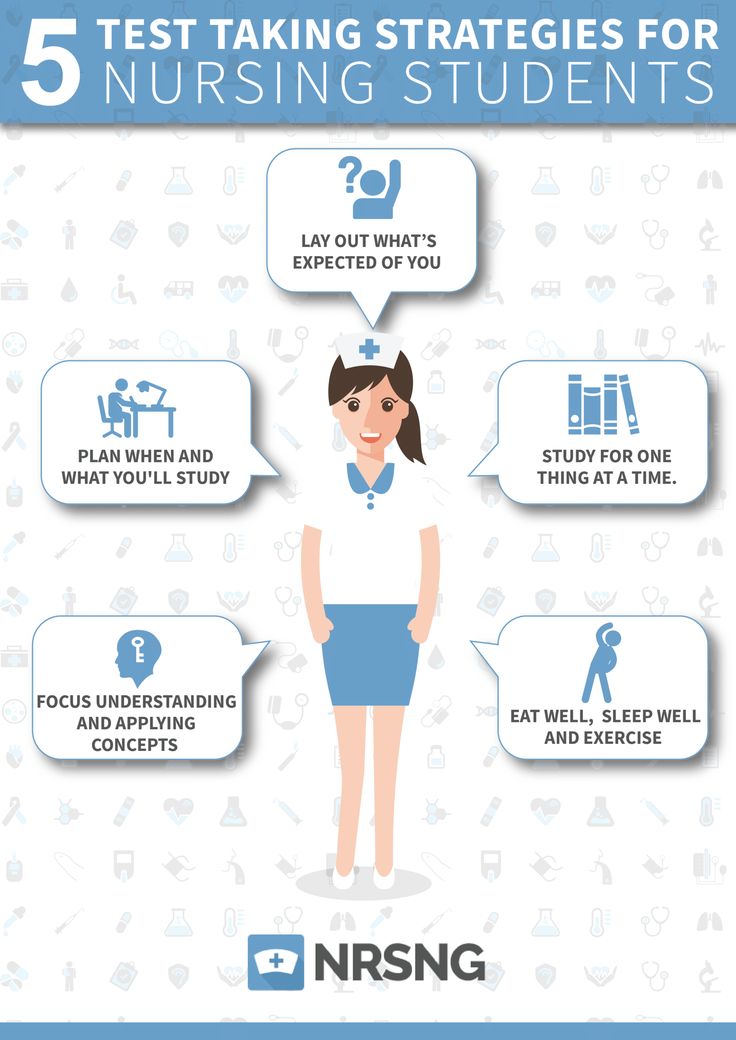 Until now, in the psychological literature there is no single concept and classification of coping methods and strategies, since many situations are quite specific.
Until now, in the psychological literature there is no single concept and classification of coping methods and strategies, since many situations are quite specific.
T.L. Kryukova [4] emphasizes that coping behavior is triggered by a certain situation that defines its features - "situational factor". In the exam situation, in particular, the degree of its stressfulness is assessed, which influences the choice of coping strategies and styles. So, in the work of Z.B. Kuchina [5] found differences in the use of strategies for coping behavior of students in exams of various types: academic (oral) and Internet testing. However, the personal factor [6,7] also has a significant influence on the choice of coping, including personal characteristics and psychological qualities that manifest themselves in the exam situation.
It seems important to study the relationship between personal indicators and the level of stress among students during the examination period. The fruitfulness of this approach is substantiated in the works of N.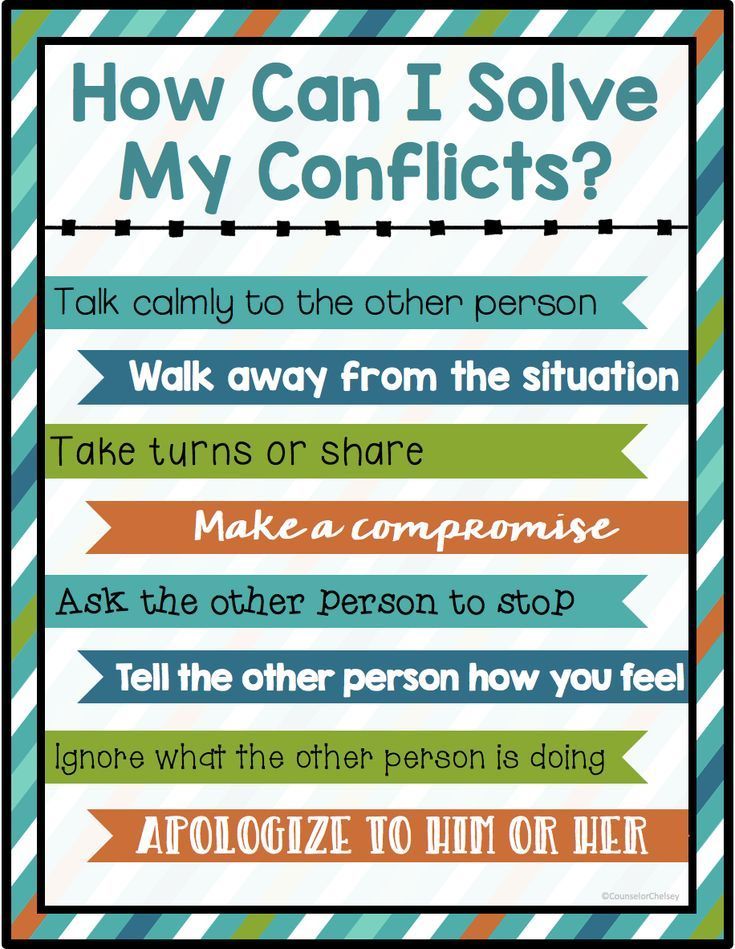 E. Vodopyanova. [8], Isaeva E.R. [9], Ostanina N.V. [ten]. These works emphasize the need to study exam stress as an important theoretical and practical problem. Obviously, the situation of the exam, which provides for mental stress in a limited period of time, requires the student to mobilize all psycho-physiological and psycho-emotional resources, including the entire spectrum of coping strategies.
E. Vodopyanova. [8], Isaeva E.R. [9], Ostanina N.V. [ten]. These works emphasize the need to study exam stress as an important theoretical and practical problem. Obviously, the situation of the exam, which provides for mental stress in a limited period of time, requires the student to mobilize all psycho-physiological and psycho-emotional resources, including the entire spectrum of coping strategies.
In this context, the issues of researching students' coping strategies in an exam situation and their connection with personal characteristics are relevant.
We have conducted a study, the purpose of which was to identify the gender and professional characteristics of the use of students' coping strategies in an exam situation. The sample consisted of students of technical and humanitarian specialties from various universities of St. Petersburg. The study involved 72 students of both sexes aged 20 to 24 years. In accordance with the objectives of the study, the following experimental methods were selected [11]: • Test "Overcoming difficult life situations PTJS/8UB120" by V.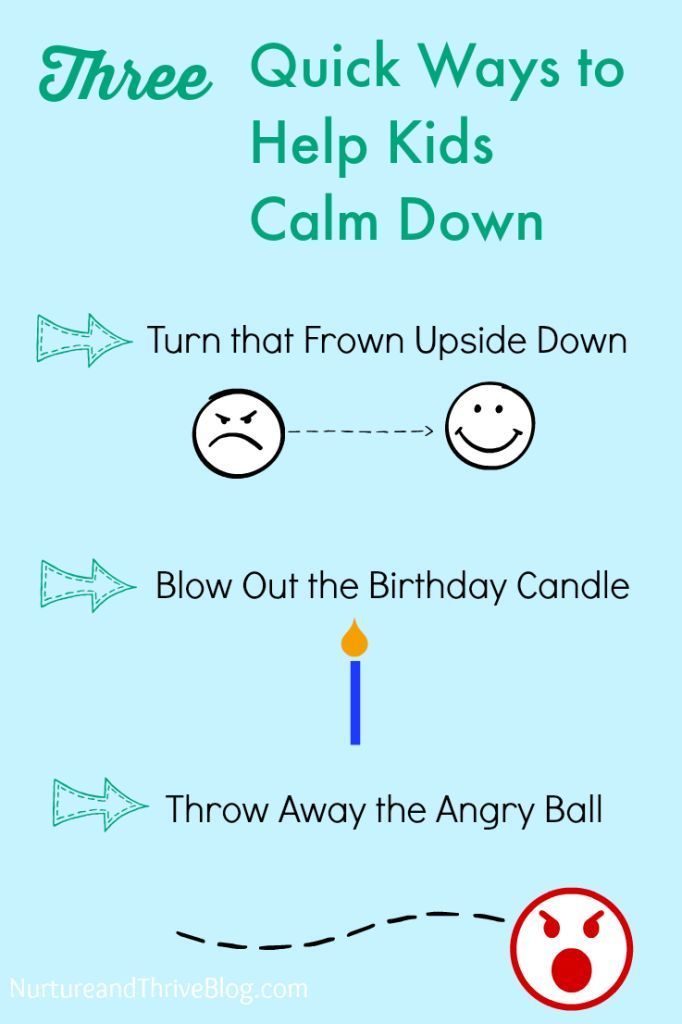 Janke, G. Erdmann, (adapted by N.E. Vodopyanova) - for diagnosing typical ways of coping, characteristic of students during exams.
Janke, G. Erdmann, (adapted by N.E. Vodopyanova) - for diagnosing typical ways of coping, characteristic of students during exams.
• Questionnaire "Self-actualization test" by E. Shostrom - to assess the student's self-actualization potential, his value and behavioral characteristics.
• Methodology "Coping behavior in stressful situations" by S. Norman, D.F. Endler, D.A. James, M.I. Parker; (adapted by T.A. Kryukova) - to determine the coping strategies most preferred by students in a stressful situation.
• Author's questionnaire to determine the severity of mental states of students in the exam.
Analysis of the results obtained on the basis of self-assessment of typical mental states in an exam situation showed that the degree of emotional experiences in students of both sexes and both professional profiles is at a slightly above average level. Most often, students experience states of excitement and tension during the exam. No significant gender differences were found. At the same time, the indicators of women are still higher than those of men. There are no significant differences in the studied parameters and between students of humanitarian and technical specialties. As a trend, we can designate the presence of a higher level of mental tension among students of a technical profile.
At the same time, the indicators of women are still higher than those of men. There are no significant differences in the studied parameters and between students of humanitarian and technical specialties. As a trend, we can designate the presence of a higher level of mental tension among students of a technical profile.
The results of the study of coping strategies of students in stressful situations showed that most often they use problem-solving strategies and avoidance-oriented strategies. Most of the students, based on self-esteem, demonstrate a constructive style of behavior in difficult life situations and prefer a problem-solving strategy.
The avoidance strategy also occupies a dominant position in the preference of students. It is characterized by an attempt to avoid contact with a stressful situation and get away from solving problems. Variants of this strategy are: "Distraction" and "Social distraction", which are associated with a person's desire to seek help and support from other people in order to relieve mental stress.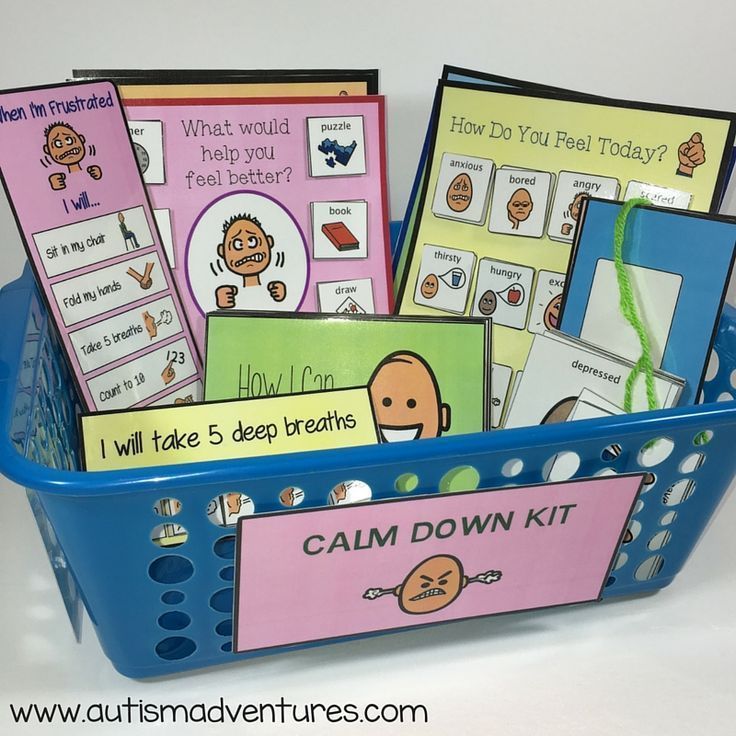
Men and women show similar results in the frequency of strategies used. However, the indicators "Distraction" and "Social distraction" are significantly different, which are more represented in the female group. Comparison of indicators of students of technical and humanitarian specialties indicates the presence of significant differences in relation to "Avoidance" coping. This strategy is more often demonstrated by students in the humanities.
The results of diagnosing typical ways of coping, characteristic of students in an examination situation, made it possible to conclude that men most often use the following coping strategies: “Control over the situation”, “Self-control” and “Positive self-motivation”. These strategies are positive and relate to actions aimed at reducing stress.
The predominant strategies of women are: Seeking social support, Anticipatory avoidance (intention to prevent or avoid recurrence of a stressful situation in the future) and Broken record (inability to mentally distract yourself, constantly think about the situation, “puzzle your head”). In S. Norman's classification, these strategies are classified as "negative" and relate to ways that can increase stress. Such behavior may indicate a tendency to constantly mentally reflect on the situation and blame oneself for its occurrence. The least used by both men and women were the following strategies: "Helplessness", "Self-pity", "Taking medicines". These strategies in the theory of coping behavior are usually referred to as passive.
In S. Norman's classification, these strategies are classified as "negative" and relate to ways that can increase stress. Such behavior may indicate a tendency to constantly mentally reflect on the situation and blame oneself for its occurrence. The least used by both men and women were the following strategies: "Helplessness", "Self-pity", "Taking medicines". These strategies in the theory of coping behavior are usually referred to as passive.
Complements the analysis by considering the criteria for the significance of differences in groups of men and women. In general, compared to women, men assess their actions in an examination situation as more effective and perceive what is happening more as a challenge than as a threat. Coping strategies associated with behavioral and cognitive responses to stress predominate, with active attempts to solve the problem.
Significant gender differences are observed, first of all, in relation to emotional coping strategies. Women are more likely than men to resort to the "Search for Social Support" strategy associated with the involvement of other people in their experiences.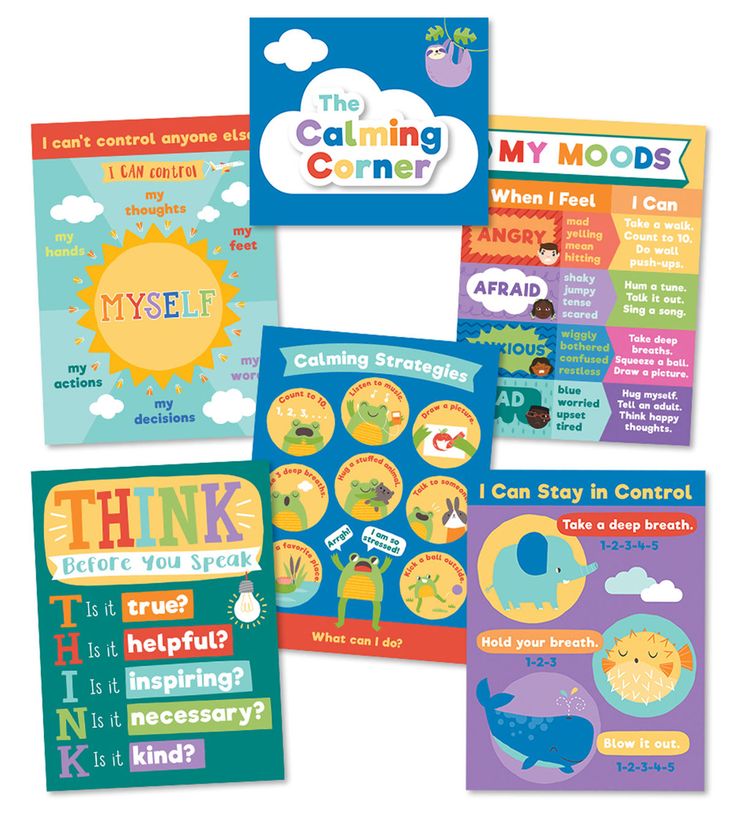 Passive strategies: "Avoidance" of negative emotions associated with stress, and "Medication" are also more typical for women.
Passive strategies: "Avoidance" of negative emotions associated with stress, and "Medication" are also more typical for women.
In order to determine the characteristics of coping behavior among students of technical specialties and students of the humanities, we analyzed their performance on the PTJS test.
The dominant behavioral strategies for both groups of students were strategies belonging to the group of "active positive": "Control over the situation", "Self-control" and "Positive self-motivation". These data indicate that students in the exam situation primarily strive to: secure success, recognition and self-assertion; analyze the situation, plan and carry out actions to control it, control your behavior, maintain self-control.
The calculation of significant differences, however, made it possible to determine that students in the humanities, regardless of gender, more often resort to the strategy of seeking social support, substitution and distraction in search of positive emotions.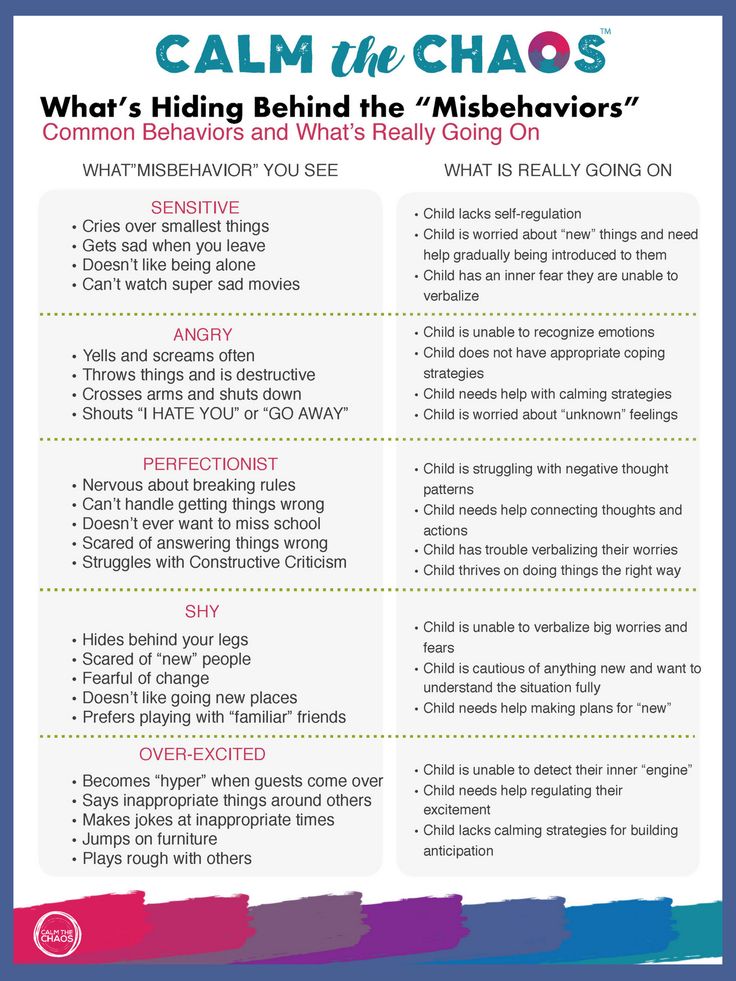
Analyzing the use of positive and negative strategies by students of different professional areas, we can conclude that the scale values dominate exclusively in positive strategies.
In order to determine the manifestations of personality self-actualization in
the studied group of students was used "Self-actualization test". When comparing the indicators, taking into account the reliability of differences, it can be concluded that men have greater independence in their actions, to a greater extent than women, accept themselves as a person, regardless of the assessment of their advantages and disadvantages by others. Women demonstrate greater flexibility in behavior, a greater focus on emotions, reflection and the ability to quickly establish contacts.
Comparison of groups of students of technical and humanitarian orientation allows us to conclude that students of technical specialties have greater independence in their actions and demonstrate a higher degree of acceptance of the values of self-actualization.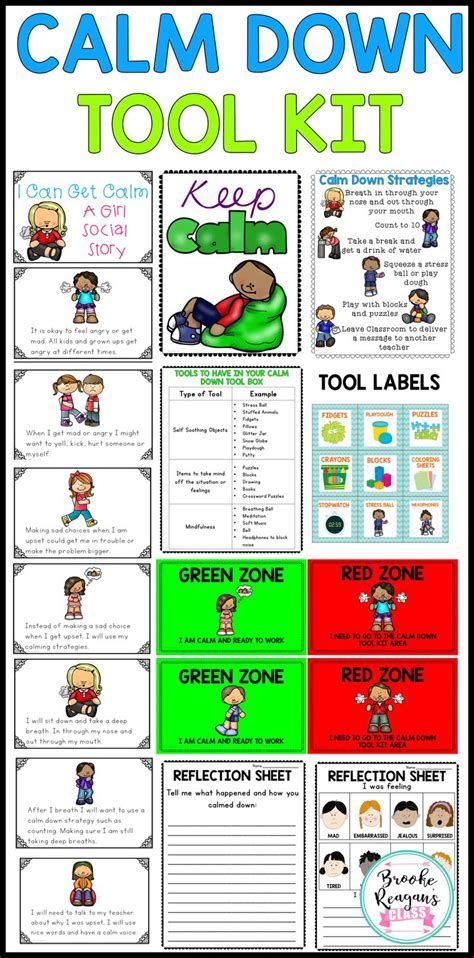 Humanities students, in comparison with students of a technical orientation, demonstrate a more creative approach to problems, a pronounced orientation towards the emotional experience of problems, reflection and the ability to quickly establish contacts.
Humanities students, in comparison with students of a technical orientation, demonstrate a more creative approach to problems, a pronounced orientation towards the emotional experience of problems, reflection and the ability to quickly establish contacts.
As a result of applying the correlation analysis, multiple correlations were obtained between the studied indicators. Let's turn to the correlation galaxy, which reflects the relationship of the total stress indicator with indicators of coping strategies and personality traits (Fig. 1). experiencing emotional stress during the exam.
Fig.1. Relationships between the total stress index and the indicators of coping strategies and personality traits
It seems not accidental that this indicator correlates positively with emotionally oriented coping, a number of “negative” coping strategies, and self-blame.
These data can be interpreted as follows: an increase in the level of emotional stress during the exam is associated with an increase in feelings of helplessness and self-pity, an attempt to escape from a stressful situation, an inability to mentally distract from the problem, and an increase in self-accusation.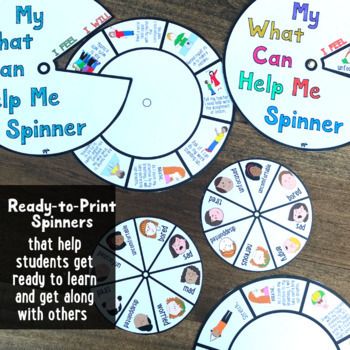
In the center of the correlation galaxy of personal factors of self-actualization is the indicator "Flexibility of behavior" (Fig. 2).
predominantly emotionally-oriented strategies associated with the search for emotional support, distraction in other activities, as well as "chewing problems" of a stressful situation.
Let's note some more significant correlations. The negative relationship of self-esteem with the indicator "Emotion-oriented coping" indicates that the subject's ability to value their own merits makes them abandon non-adaptive strategies.
The negative correlation of the indicators "Escape from stress" and "Cognitive need" means that with the growth of the need for knowledge, students are less likely to "run away" from a stressful situation.
The positive correlation of the indicator "Self-sensitivity" and "Substitution" means that with the growth of the ability to realize and understand one's feelings, the activity aimed at turning to positive life manifestations to overcome stress also grows.
Based on the results of the study, the following conclusions can be drawn:
1. There are no significant gender differences and differences between students of different specialties in the level of experiencing stress during the exam.
2. Students use positive coping strategies more often than negative ones. In a situation of exam stress, their efforts are aimed at reducing stress through actions to control a difficult situation and their own reactions. Students are also characterized by an exaggeration of their abilities regarding the effective overcoming of a stressful situation.
3. There are differences between men and women in the way they deal with their negative experiences. Men more often resort to coping strategies associated with behavioral and cognitive reactions to stress, active attempts to solve the problem. Women more often use emotional strategies that manifest themselves in distraction from problems, in avoiding strong feelings and seeking social support.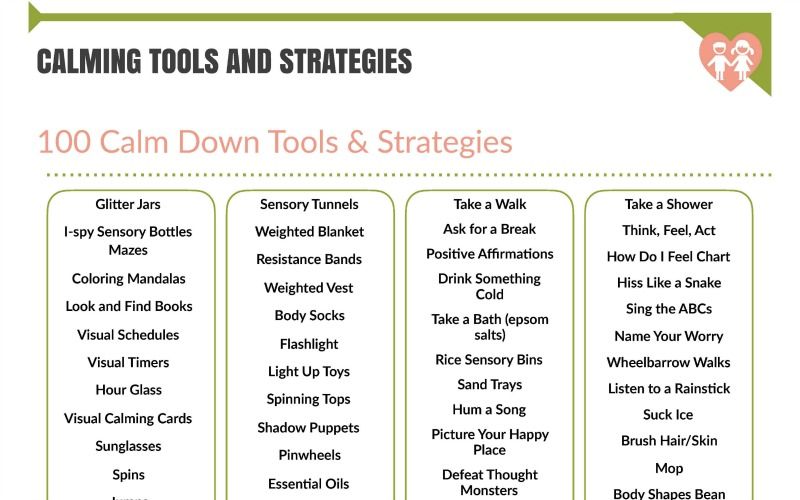
4. Humanities students, regardless of gender, more often than students of technical specialties resort to the strategy of seeking social support, substitution and distraction in search of positive emotions.
5. An increase in the level of emotional stress during an exam is associated with an increase in feelings of helplessness and self-pity, an attempt to escape from a stressful situation, an inability to mentally distract from a problem, and an increase in self-accusation. A decrease in the level of behavioral flexibility entails the use of predominantly emotionally oriented strategies. As the ability to recognize and understand one’s feelings grows, so does the activity aimed at turning to positive life manifestations to overcome stress.
Summing up, it should be noted that a comprehensive study of students' behavior in an exam situation, including the determination of their personal characteristics and coping strategies, will help manage their mental state, acquire skills and abilities associated with reducing unpleasant emotional experiences during exams.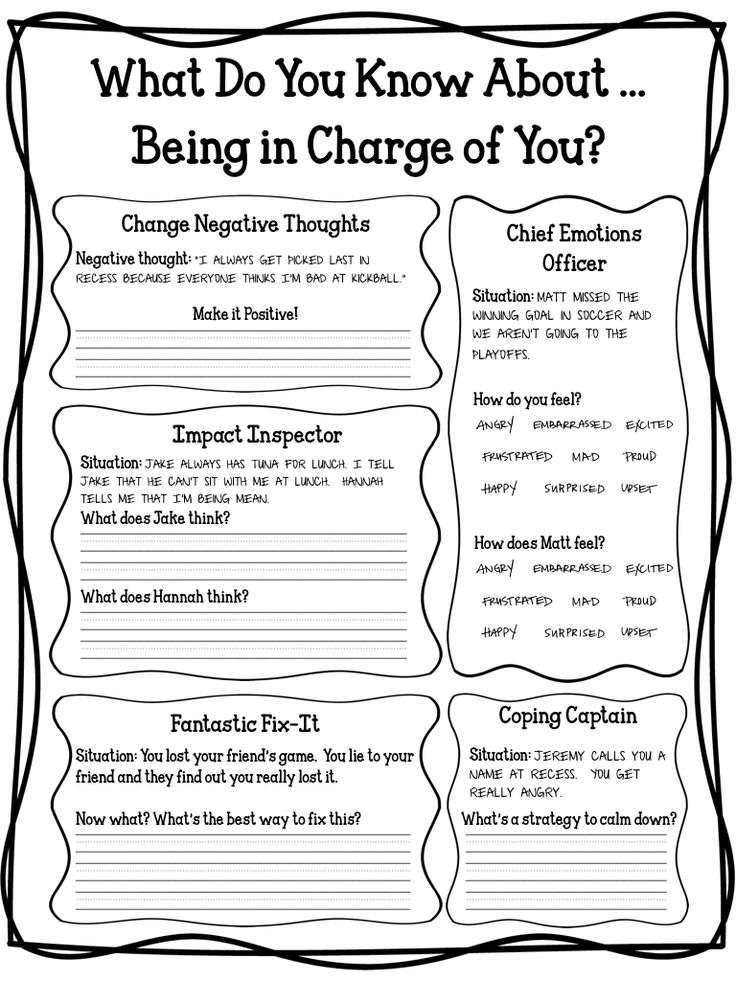 This goal can also be served by individual diagnostics of students and training sessions.
This goal can also be served by individual diagnostics of students and training sessions.
REFERENCES:
1. Zhuykova MV On the issue of the need to form the skills of coping behavior // Modern psychology: current problems and development trends: materials of the international. scientific-practical. conf. - Novosibirsk: Publishing house "ENSKE", 2010. S.37-45.
2. Nartova-Bochaver S.K. "Coping behavior" in the system of concepts of personality psychology // Psychological journal. 1997. V. 18. No. 5.- S. 20-30.
3. Lazarus, R.S., & Folkman, S. Stress, appraisal and coping - New York: Springer. - 324p.
4. Kryukova T.L. Man as a subject of coping behavior // Coping behavior: Current state and prospects: Sat. scientific articles. M., 2008.-S. 138-152.
5. Kuchina Z.B. 2. Coping with exam stress among university students (on the example of an Internet exam) // Bulletin of the Kostroma State University. ON THE. Nekrasov. Series: Pedagogy. Psychology.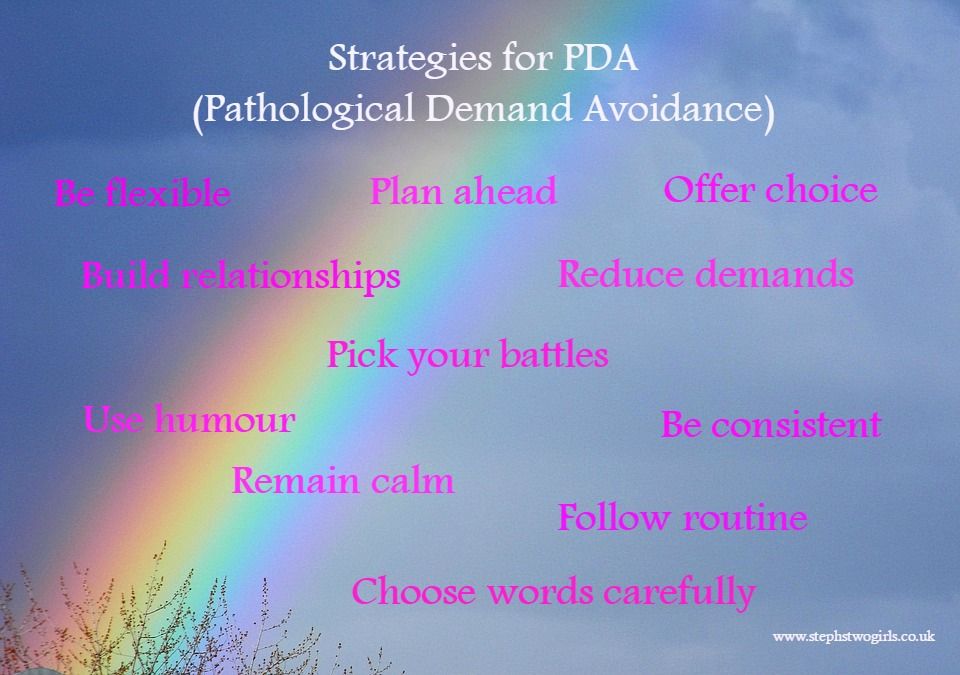 Social work. Juvenology. Sociokinetics. 2009. T. 15. No. 4. -S. 225-232.
Social work. Juvenology. Sociokinetics. 2009. T. 15. No. 4. -S. 225-232.
6. Kryukova T.L. Psychology of coping behavior.: monograph / T.L. Kryukova. -Kostroma: KSU im. ON THE. Nekrasov - operational printing studio "Avantitul", 2004.-267p.
7. Tserkovsky A.L. Modern views on the coping problem // Bulletin of VSMU. 2006. V. 5. - No. 3. - S. 112-121.
8. Vodopyanova N.E. Psychodiagnostics of stress: monograph. /NOT. Vodopyanov. - St. Petersburg: Peter, 2009.- 225s.
9. Isaeva E.R. Coping behavior and psychological protection of the individual in conditions of health and disease: monograph / E.R. Isaeva.- St. Petersburg: St. Petersburg State Medical University, 2009.- 136s.
10. Ostanina N.V. Theoretical foundations for the formation of coping behavior of students // Bulletin of ChSPU. 2009. - No. 1. - S. 109-120.
11. The best psychological tests / comp. M.V. Olennikova.-M:AST; St. Petersburg: Owl, 2010.-639s.
UDC 377.112.4
T.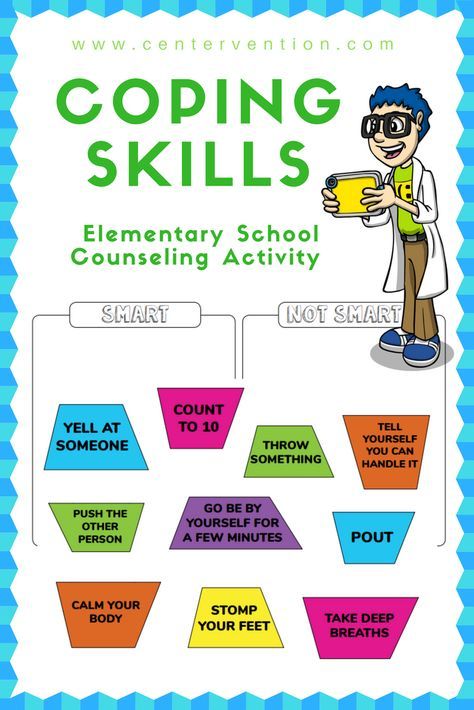 N. Strong, A.F. Mamleeva
N. Strong, A.F. Mamleeva
Peter the Great St. Petersburg Polytechnic University
POTENTIAL OF HUMANITARIAN DISCIPLINES IN SOLVING THE PROBLEM OF EMPLOYMENT OF GRADUATES OF A TECHNICAL UNIVERSITY
The article analyzes the problems that young professionals, including graduates of technical universities, have when they “enter” the profession, as well as ways to solve them by studying the disciplines of the humanitarian cycle. Theoretical works on psychology in the field of emotional intelligence have been studied. It is concluded that the disciplines of the humanitarian cycle contribute to the development of emotional intelligence and social competence necessary for successful integration into the professional environment.
Keywords: competitiveness, initiative, interaction, leadership qualities, integration into the professional environment, social competence, skills and abilities of self-education, versatility, "flexible" skills, personal qualities.
The success of passing the session and coping strategies of students in different learning formats
Authors : Kayumova Alexandra Alexandrovna, Rakhimova Shakhnoza Abbos kizi
Rubric : Psychology
Posted by in young scientist #18 (360) April 2021
Publication date of : 30.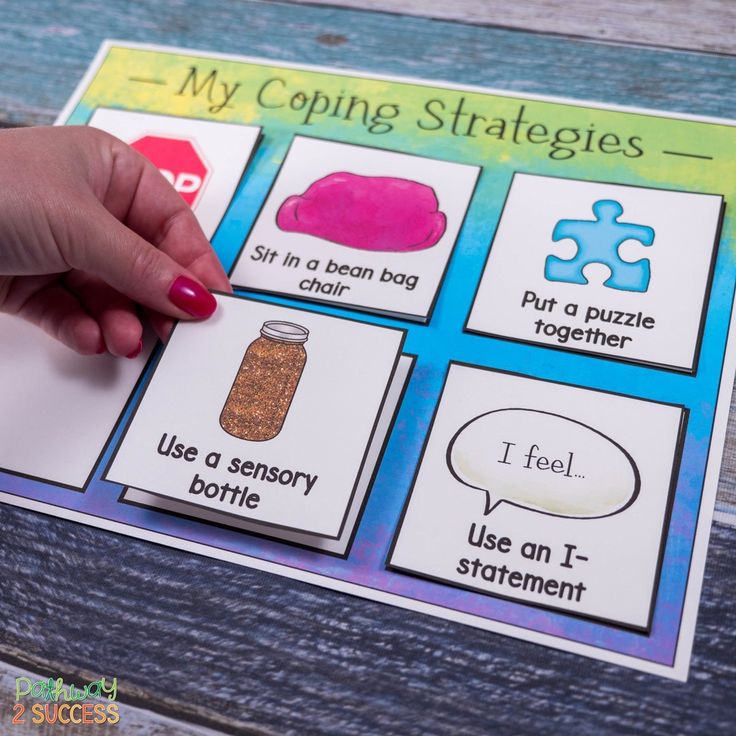 04.2021 2021-04-30
04.2021 2021-04-30
Article viewed: 136 times
Download electronic version
Download Part 7 (pdf)
References:
Kayumova, A. A., Rakhimova Sh. A. Successful passing of the session and coping strategies of students with different learning formats. - Text: direct // Young scientist. - 2021. - No. 18 (360). - p. 492-495. — URL: https://moluch.ru/archive/360/80567/ (date of access: 03.11.2022).
The work is devoted to the study of students' coping strategies in a virtual environment (online learning) and offline learning. We assume that students' coping strategies will differ depending on the learning format.
Keywords: coping strategies, exam stress, virtual reality, learning success, online learning.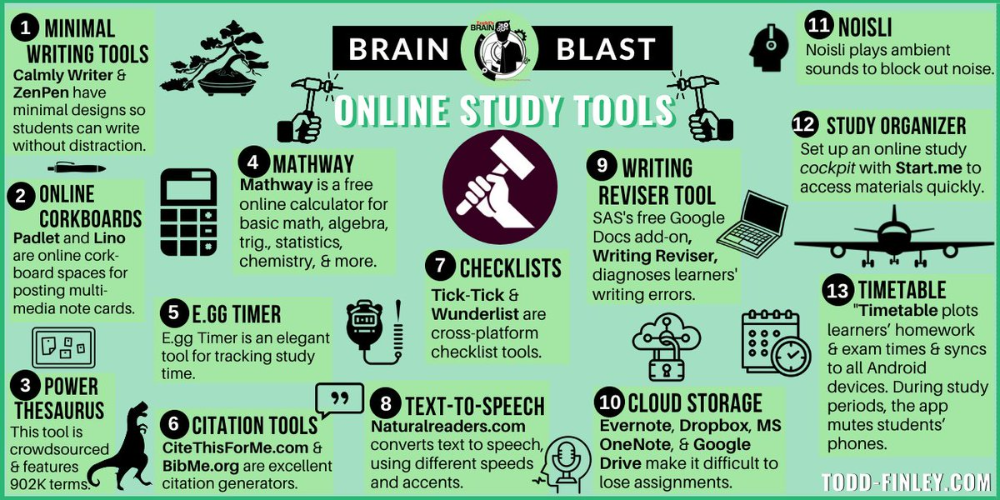
Relevance. In March 2020, a large-scale quarantine was announced in connection with the COVID-19 pandemic. And since that date, all activities of the university have moved to a virtual environment, mainly the ZOOM platform. And today, studying online is currently a common reality for a large number of people. Our study aims to compare and identify the most successful coping strategies in communication under winter session conditions. How does the condition of online learning affect the attitude to the environment, activities and people in general? Is the online mode a feature that influences the choice of a certain way of coping with stress, reflected in personality traits and coping strategies, or is this choice dictated by the need to search for new behaviors? The answer to these questions is most relevant for understanding people's attitudes towards online learning and identifying effective and non-adaptive coping strategies.
The environment of a modern person is filled with various stressors, which is typical for the digital age.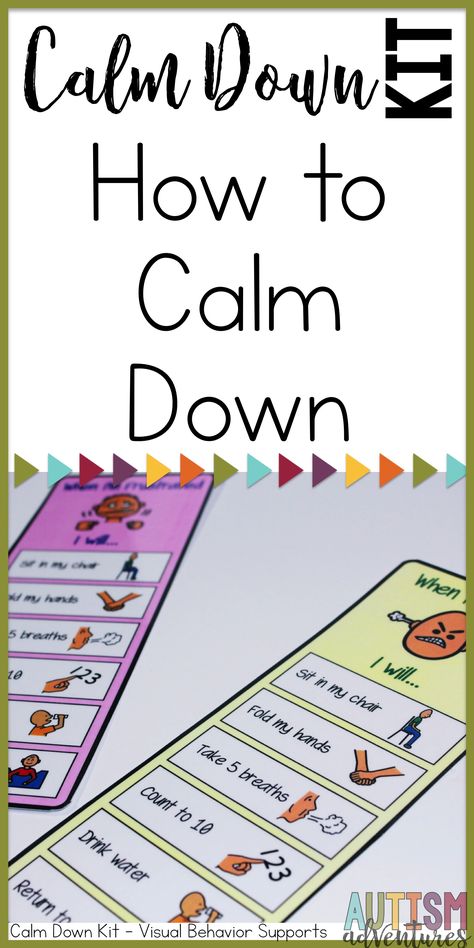 And one of these stressors is information stress, which manifests itself in different forms and is enhanced by online learning. For example, exam stress among university students. Educational and professional activity as a leading one in student age is characterized by a high level of stress loads. [one]. Exam stress or exam nervosa is information overload and a particular form of mental stress in preparation for an exam or test while memorizing a large amount of educational material, often leading to exam nervosa [3]. The consequences of examination neurosis can be dysfunctions of the autonomic nervous system, disruption of the metabolic process and homeostasis, disruption of the sleep cycle, and rapid fatigue [2].
And one of these stressors is information stress, which manifests itself in different forms and is enhanced by online learning. For example, exam stress among university students. Educational and professional activity as a leading one in student age is characterized by a high level of stress loads. [one]. Exam stress or exam nervosa is information overload and a particular form of mental stress in preparation for an exam or test while memorizing a large amount of educational material, often leading to exam nervosa [3]. The consequences of examination neurosis can be dysfunctions of the autonomic nervous system, disruption of the metabolic process and homeostasis, disruption of the sleep cycle, and rapid fatigue [2].
Research problem. The virtual environment provides certain advantages in learning (saving money and time on transport, saving time), but at the same time it has limitations (time zones) and disadvantages (lack of personal contact, sensory deprivation, Internet connection, blackouts, difficulty in separating between school and real life).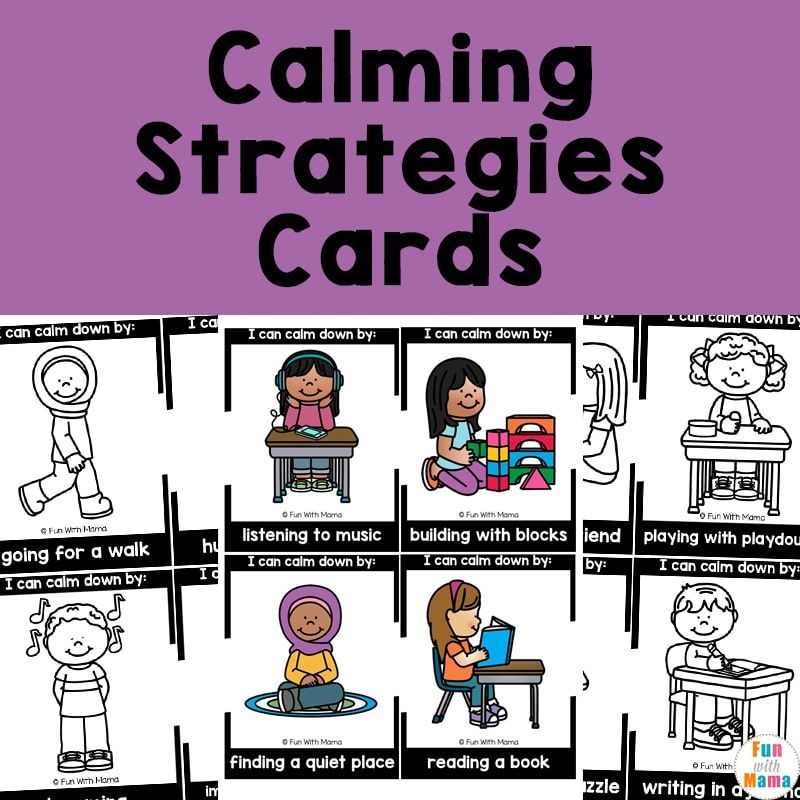 The problem of our study raises the question of which of the coping strategies used by students during the period of examination stress is effective in a virtual environment.
The problem of our study raises the question of which of the coping strategies used by students during the period of examination stress is effective in a virtual environment.
Subject: study of coping strategies used by students during exam stress.
Purpose: to compare coping strategies and learning success in different learning formats.
Sample: 50 students of the faculties of Psychology and PMI from the 2nd year to the 4th year, who just closed the session.
Methods: survey, questionnaire
Students were asked the objective success of passing the winter exam in online and offline learning. We compare the coping strategies used in reality and in the virtual environment.
Methodology: an adapted Russian-language version of the methodology "Ways of coping questionnaire", "Questionnaire of coping methods" by E. V. Bityutskaya.
Method scales:
- Planned problem solving - efforts aimed at changing the situation and including both cognitive methods (concentration, situation analysis, solution search, planning) and behavioral strategies (active actions to transform the situation, implementation of the plan).
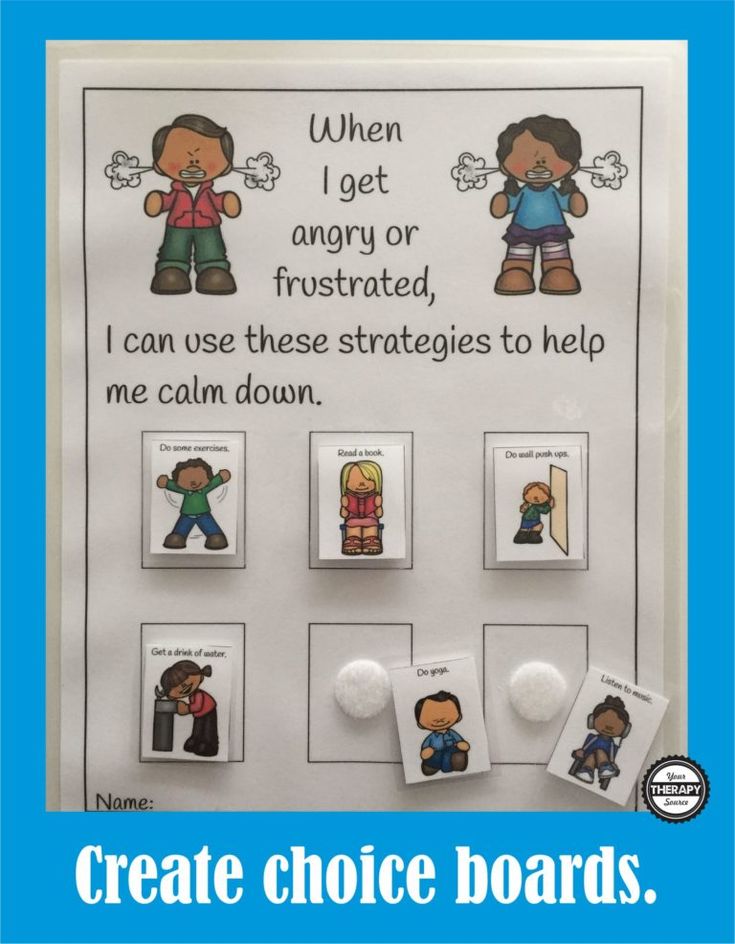
- Seeking support from the social environment - ways to solve the problem with the help of other people, the use of social ties.
- Positive reassessment of the situation - efforts aimed at changing attitudes towards the situation, creating a positive subjective image of the event, focusing on one's personal growth.
- Confrontation (confrontational coping) is an active strategy that describes the clash of positions, active resistance to the situation.
- Self-control is a person's efforts to restrain feelings and emotions, the desire not to show their experiences, to control their manifestation.
- Self-blame implies that the subject takes responsibility for the situation.
- Fantasizing and hoping for external forces (passive coping) - going into dreams, shifting responsibility for what is happening to external forces: fate, higher powers, a miracle.
- Distancing is a defensive way in which a person tries to forget the situation, reduce its significance.
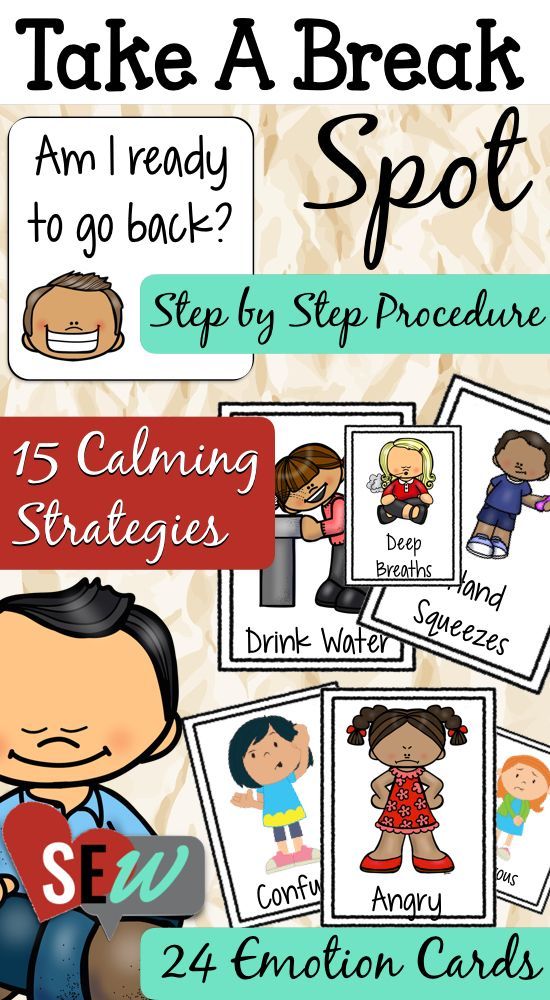
- Avoiding the situation (or distraction) - ways to avoid the problem.
Analysis of collected data
Many of our scales have an abnormal distribution. Therefore, in further data analysis, we will use nonparametric data.
Cronbach's alpha shows high performance. We leave all points of scales and all scales are agreed.
To build a complete picture of virtual and online learning, we will provide you with the success of passing the session online and offline. The average score for the online format of passing the session is 4.27, offline - 4.51. With online delivery, 14 students received more "Satisfactory" grades, with offline - 4. With online delivery, 6 students received a "Good" grade, with offline - 16.
Fig.1. The success of passing the session in online learning.
Rice. 2. The success of passing the session in offline learning
We have the same students who compared their feelings and success rates in online and offline learning.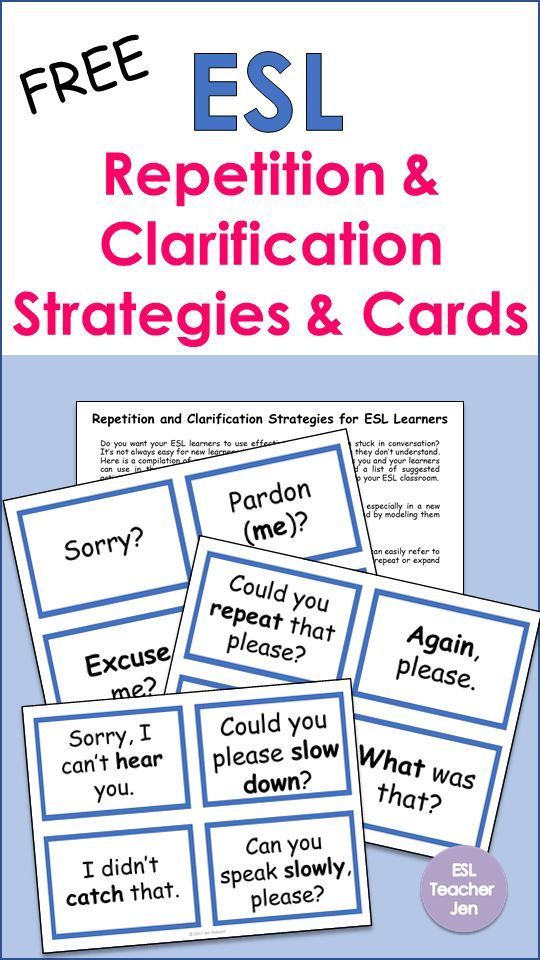 Therefore, we use the nonparametric Wilkikson test for linked samples.
Therefore, we use the nonparametric Wilkikson test for linked samples.
According to the results of this test, we found a significant difference between several online and offline learning scales: Social support (higher rank in off-format), Positive reassessment (higher rank in on-format), Self-blame (higher rank in off-format), Fantasizing ( rank is greater in on-format), Distancing (rank is greater in on-format).
We also tested Spearman's correlation between online and offline session success rates with students' choice of questions "Which format was easier to prepare for exams in?" and “Which format was easier to take the exam in?”. No relationship was found between the indicators of preparation for exams and the success of passing online and offline sessions. There was a direct significant but weak relationship between the exam passing rate and offline learning (p=0.533; r=0.091). An inverse strong and significant relationship was found between exam passing rate and online success (p=0.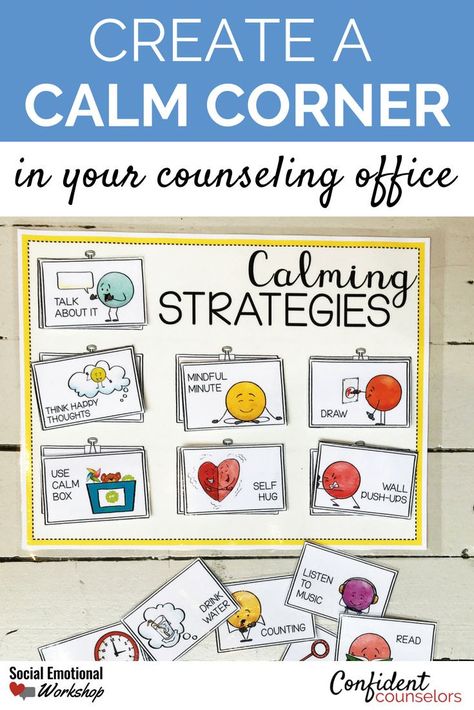 235; r=-1.173).
235; r=-1.173).
Interpretation of the received data
The coping strategy "systematic problem solving" did not find a significant difference between online and offline learning. Those students who use rational cognitive styles and behavioral strategies to change the situation can equally successfully cope with passing the session in any learning format.
The coping strategy “applying for support to the social environment” is more used in the offline learning format, where there is real contact with the second person on several modalities. When meeting in person, students can send messages in more detail and receive more complete feedback. Most likely, the effect of communication that a person was heard, sympathized with, to speak out and convey their experiences is better with live communication than with virtual communication. Although a student can write a question at any working time and in order to obtain important information from the teacher, the answer will be received delayed (there is a difference in time zones, different work schedules, and training of students and the teacher), when during live communication the teacher can be "caught" on department.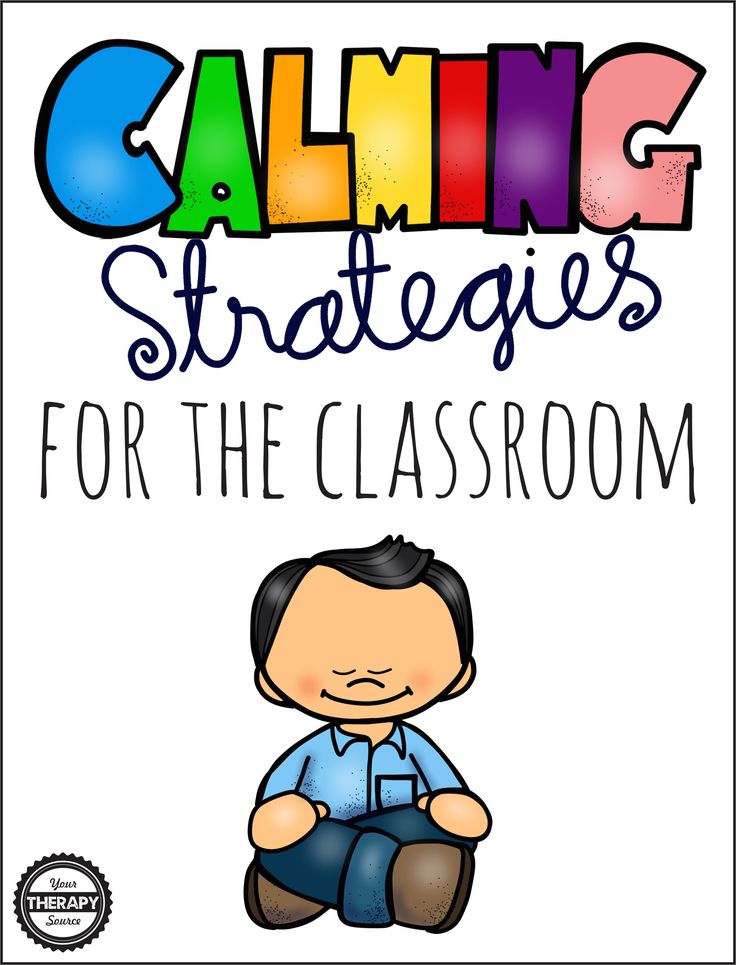
The coping strategy "positive reassessment of the situation" is more used in virtual learning. Using this coping strategy, students change their attitude to the situation and create a positive subjective image of the event, which is well implemented for the remote learning format. A student may not take into account some objective factors that may prevent him from passing a session successfully - a power outage, a poor Internet connection, etc. The tense atmosphere of the exam, which is winded up by other students, is not felt. It is possible that the feeling of waiting in front of the door of the examination room is much weaker, the student feels the native walls of the house, which gives him greater self-confidence.
Coping behavior "confrontation" shows the same result in any training format. This strategy, which involves active resistance to the situation, can be carried out equally well under different conditions. For example, you can turn off notifications in the necessary groups on social networks and even archive them in Telegram. Such behavioral aspects make it possible to use this coping strategy regardless of the online or offline mode, and the effectiveness will also be approximately the same.
Such behavioral aspects make it possible to use this coping strategy regardless of the online or offline mode, and the effectiveness will also be approximately the same.
"Self-control" is also applied in online and offline learning. Students in both learning formats may criticize themselves and try to smooth things over.
The coping strategy "self-blame" is more used in online learning. Considering that a great responsibility in online learning lies with students, the use of this coping strategy is justified and expected from a certain point of view.
“Fantasy and hope for external forces” as a coping strategy shows better results when offline. As passive coping, it is possible that the student hopes for the occurrence of force majeure circumstances that will interfere with the examination or test, or for concessions for distance learning.
Perhaps, under similar circumstances, the protective coping behavior “distancing” also works. The student has the opportunity to connect to the conference, turn off the camera and sound, and do "their" extraneous affairs.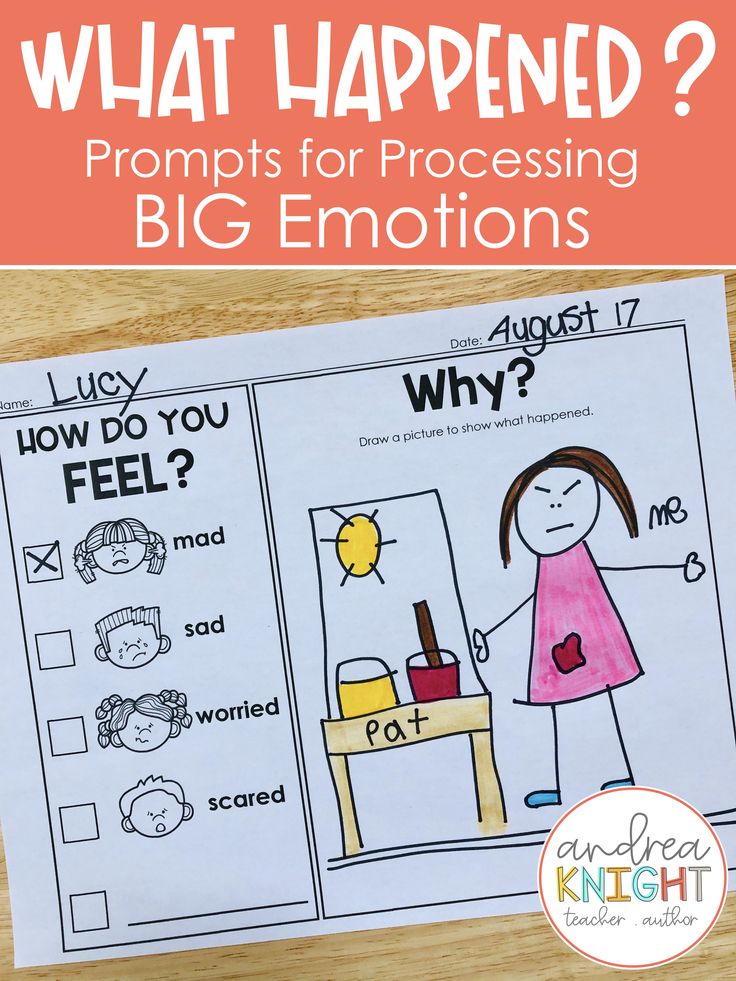 This greatly reduces emotional tension and in cases of stressful situations is also an effective, but not very practical way to cope with circumstances.
This greatly reduces emotional tension and in cases of stressful situations is also an effective, but not very practical way to cope with circumstances.
Coping behavior "avoiding the situation" is equally applied in two formats of training. A student can equally well switch attention to food, sleep, entertainment, both in a distance format and in a full-time education format. However, this coping strategy is, of course, the most easily used in an online learning format, because in an offline format in a live audience it will be difficult to be distracted by food or some third-party things, taking into account the training regulations.
For students, the format of the exam is important. When taking the exam offline, students better close the session. In this situation, there are more factors that affect the student's assessment in a test or exam: prepare the audience, cheer up the teacher with humor, get the support of fellow students, etc. This helps the student to better reveal his potential and show his knowledge.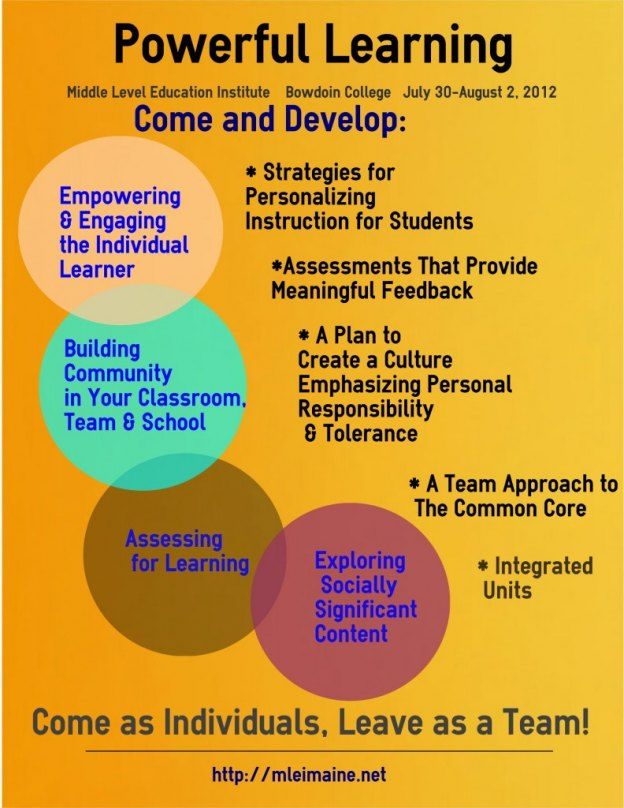
Also, by the number of “satisfactory” grades received, it can be seen that their number is less in online learning. In the traditional format, it is easier for the teacher to exercise control over the assimilation of knowledge by students.
Conclusion
Any person develops in a relationship with someone. Even in teaching, real contact with the teacher shows the best results in the success of passing the session. The use of “social support” coping, which is the most resourceful, is also better done in an offline format. Given the quarantine and the pandemic, distance learning is a good option, which needs to be improved in terms of control, the inclusion of students and teachers in the learning process, which platform is best for this, how can blackouts or poor internet connection be compensated?
We would like to finish our work with lines from a poem by Eduard Asadov: “A person needs a person, but a soul needs a soul.”
Literature:
- Bityutskaya, E.
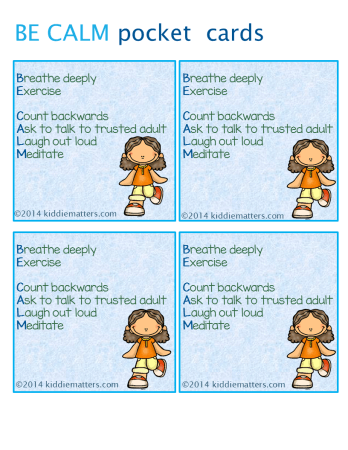 V. Questionnaire of coping methods: a methodological guide. M.: IIU MGOU, 2015. - 80 p.
V. Questionnaire of coping methods: a methodological guide. M.: IIU MGOU, 2015. - 80 p. - Kiseleva E.V.; Akutina S. P., “Stress among students in the process of educational and professional training: causes and consequences”, Journal “Young Scientist”. No. 6 (140) Pedagogy. February, 2017.
- Pryanichnikova Yu. Kh., Examination stress and its prevention // Problems and prospects for the development of education: materials of the VI Intern. Scientific Conf. (Perm, April 2015). - Perm: Mercury, 2015. - S. 184-186.
- Shcherbatykh Yu. V., Psychology of stress and methods of correction. - St. Petersburg: Peter, 2006. - 256 p.
Basic terms (automatically generated) : student, learning format, online learning, virtual environment, exam stress, session success, online, online mode, situation, strategy.
Keywords
virtual reality, coping strategy, online learning, learning success, exam stresscoping strategies, exam stress, virtual reality, learning success, online learning
Similar articles
Distance learning methods
| Journal article.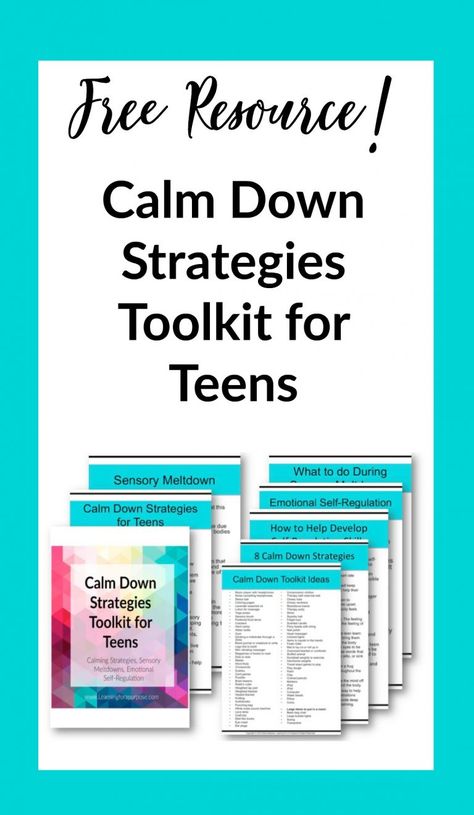 ..
.. Online fixed-time courses encourage interaction between students.
They should work well in online - environment . Flexibility of choice.
Entire school districts and campuses are under pressure to create online learning opportunities and do so effectively.
Online - training . How to build an effective methodology
To begin with, let's decipher the term " online - training ". In Bartley and Golek's article on comparing teacher-student remote communication and face-to-face interaction in the classroom, the following definition is given: " Online - training is a form of distance learning .”
The impact of distance learning
on health and lifestyle.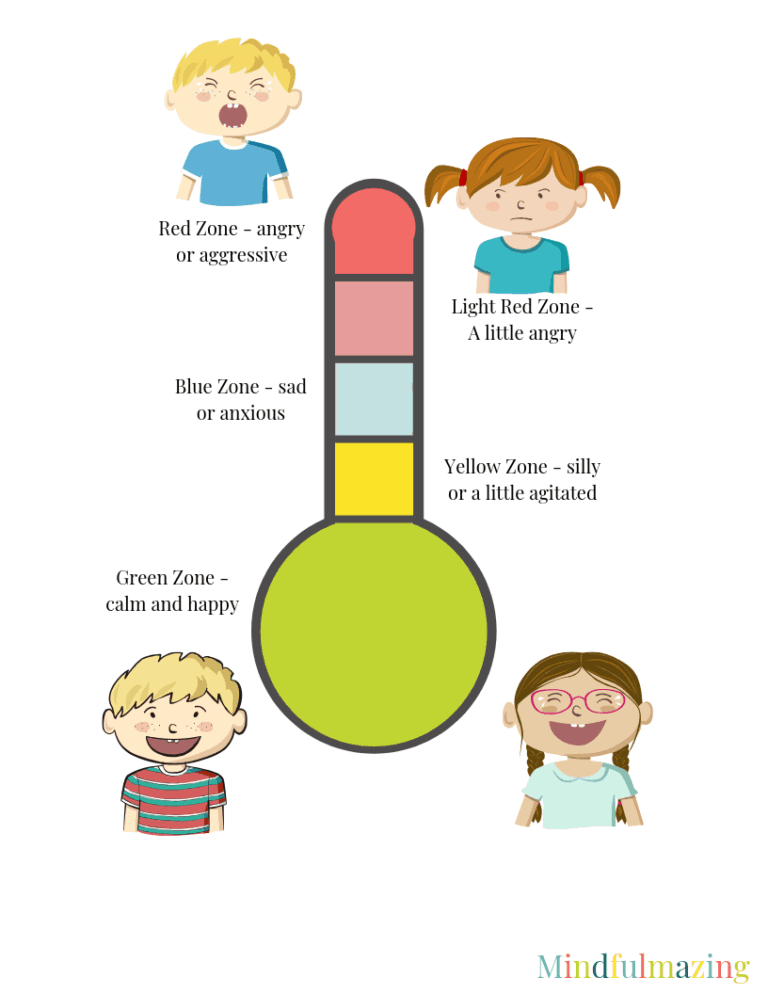 ..
.. Distance learning is a teaching method that provides an opportunity
The second question of the study was to analyze the situation with the appearance of pain in the area
The fourth question was to analyze opinions students where the majority of students ...
Organization of distance learning
in format ... Learning is about exciting the imagination of schoolchildren, opening the door to the future
The subject of mathematics can be made more material, translated from format
virtual screens that provide collaborative, synchronized viewing and work with...
Stress in students in the process of educational and professional.
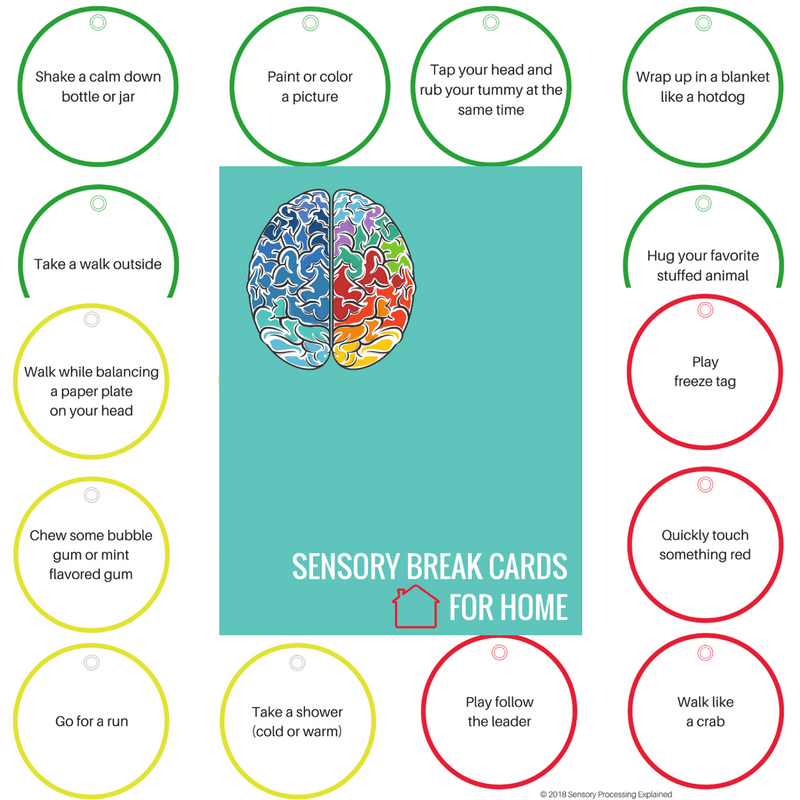 ..
.. Studying in a higher education institution is stressful for most students . Starting from the very beginning of educational activity
Due to various factors, individual elements or the educational situation as a whole become significant for students , which is...
Online courses as an innovative form of distance learning
The role of online - teaching as one of the forms of basic and additional education is revealed, the types of mass educational
Bibliographic description: Romanova, N. L. Online courses as an innovative form of distance learning L. Romanova.
LMS-system as a quality improvement mechanism
learning ...The features of using these systems for teaching full-time students inside
Separately, I would like to emphasize that such a situation reduces motivation not only among
- online - students and teachers 5 joint training online using.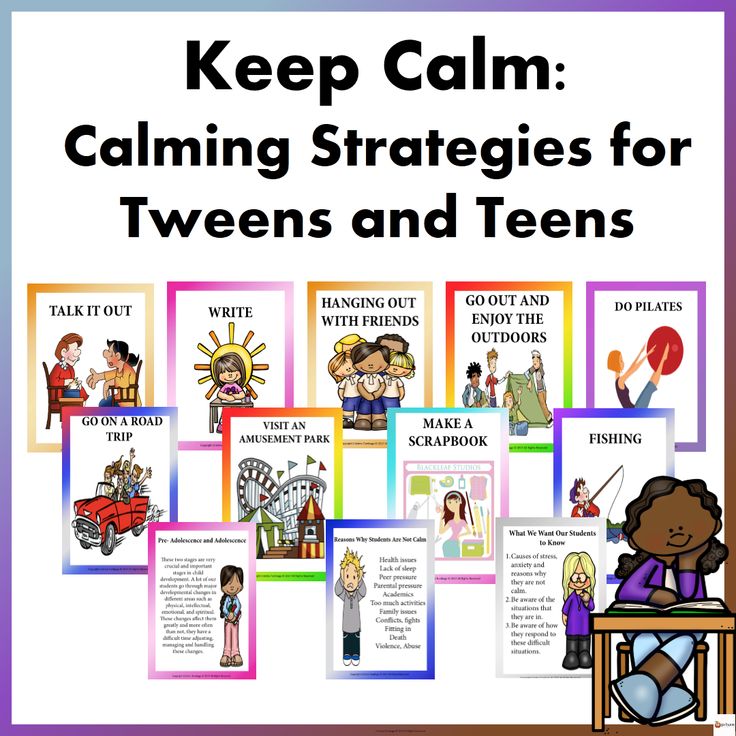 ..
..
Information technology in remote
learningOnline - training allows you to study in the current mode and at the same time, without interruption from
Fixed dates, as a rule, are the dates of the passing of exams and the dates of payment for
3 educational material in interactive mode .
Distance learning
at the university: forms and methods of controlControl learning is carried out throughout the learning student at the university and should ensure the integrity of the structure of knowledge, contribute to the formation of motivation for learning , allow tracking the individual achievements of each student.
Similar articles
Distance learning methods
| Journal article.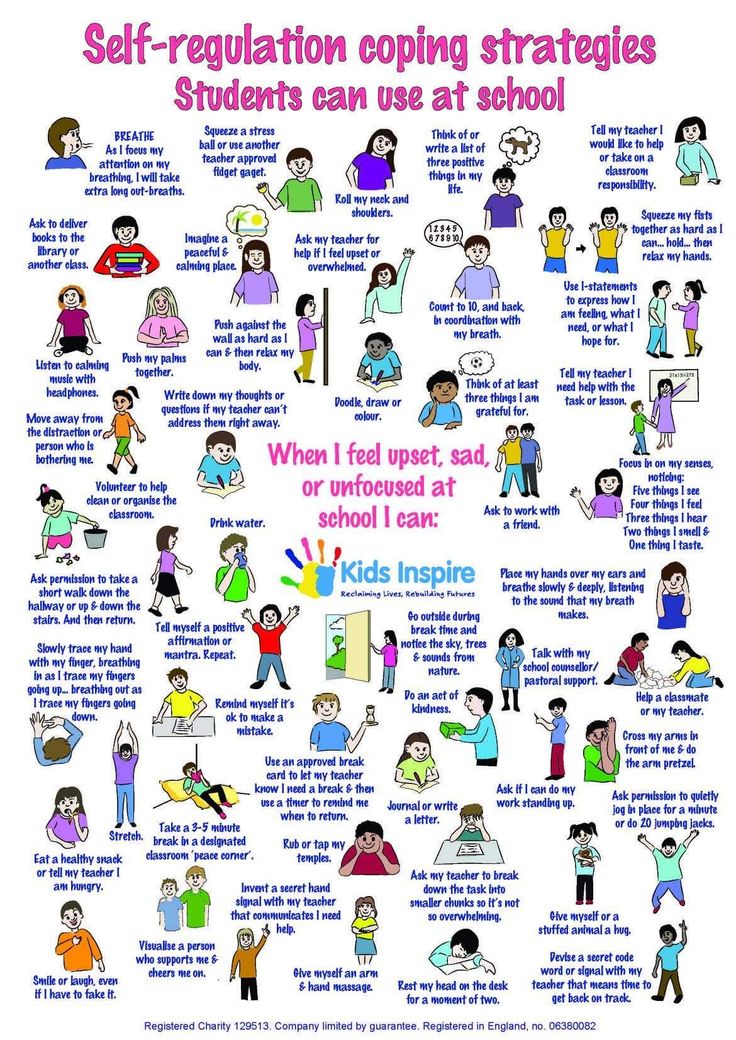 ..
.. Online - fixed-time courses encourage interaction students .
They should work well in online - environment . Flexibility of choice.
Entire school districts and campuses are under pressure to create online learning opportunities and do so effectively.
Online - training . How to build an effective methodology
To begin with, let's decipher the term " online - training ". In Bartley and Golek's article on comparing teacher-student remote communication and face-to-face interaction in the classroom, the following definition is given: " Online - training is a form of distance learning .”
The impact of distance learning
on health and lifestyle.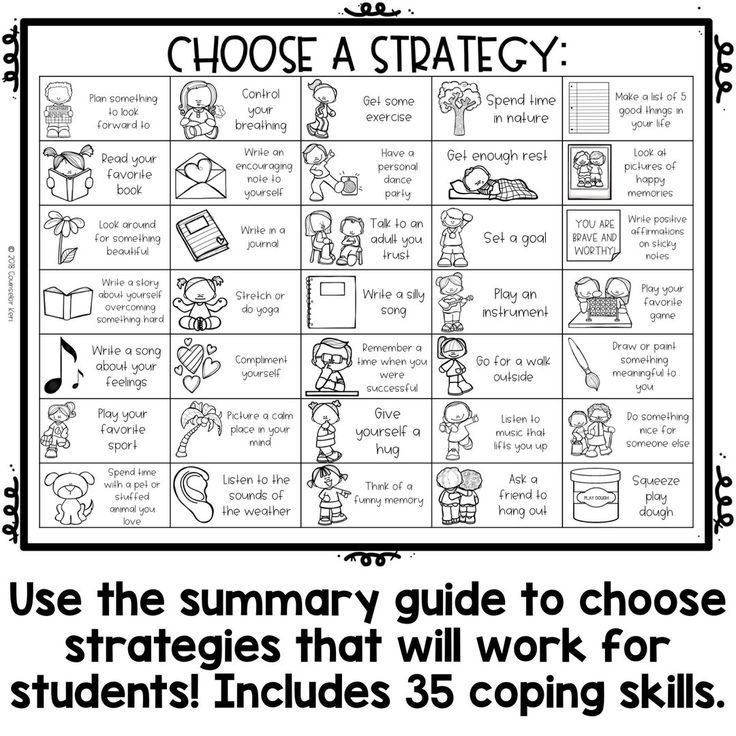 ..
.. Distance learning is a teaching method that provides an opportunity
The second question of the study was to analyze the situation with the appearance of pain in the area
The fourth question was to analyze opinions students where the majority of students ...
Organization of distance learning
in format ... Learning is about exciting the imagination of schoolchildren, opening the door to the future
The subject of mathematics can be made more material, translated from format
virtual screens that provide collaborative, synchronized viewing and work with...
Stress in students in the process of educational and professional.
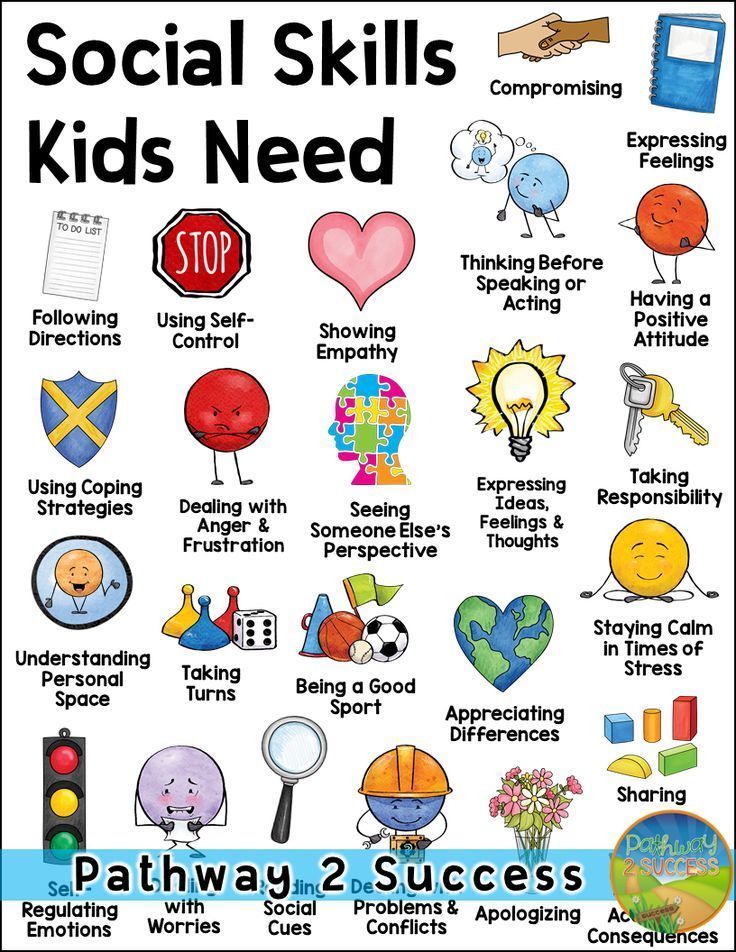 ..
.. Studying in a higher education institution is stressful for most students . Starting from the very beginning of educational activity
Due to various factors, individual elements or the educational situation as a whole become significant for students , which is...
Online courses as an innovative form of distance learning
The role of online - teaching as one of the forms of basic and additional education is revealed, the types of mass educational
Bibliographic description: Romanova, N. L. Online courses as an innovative form of distance learning L. Romanova.
LMS-system as a quality improvement mechanism
learning ...The features of using these systems for teaching full-time students inside
Separately, I would like to emphasize that such a situation reduces motivation not only among
- online - students and teachers 5 joint training online using.